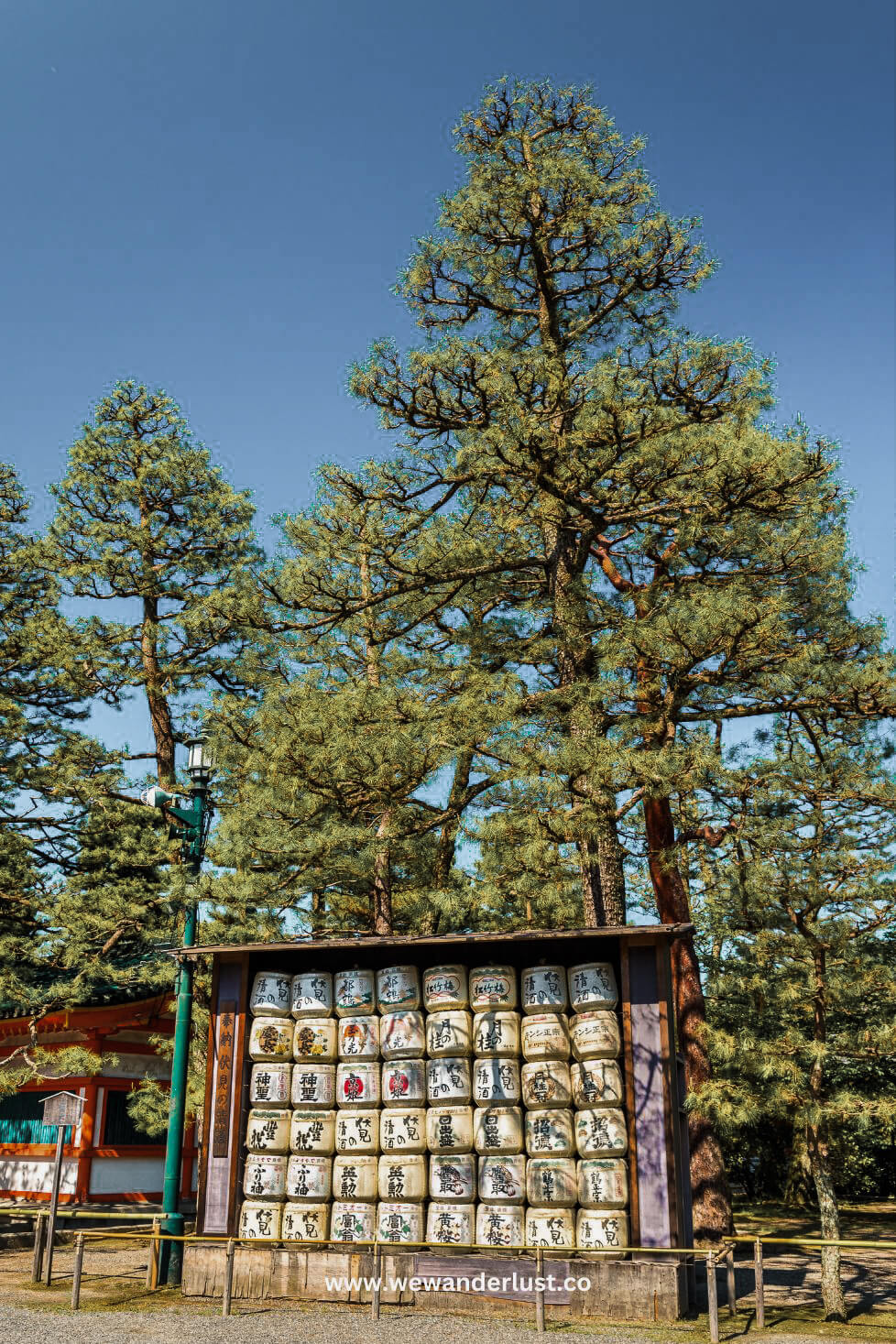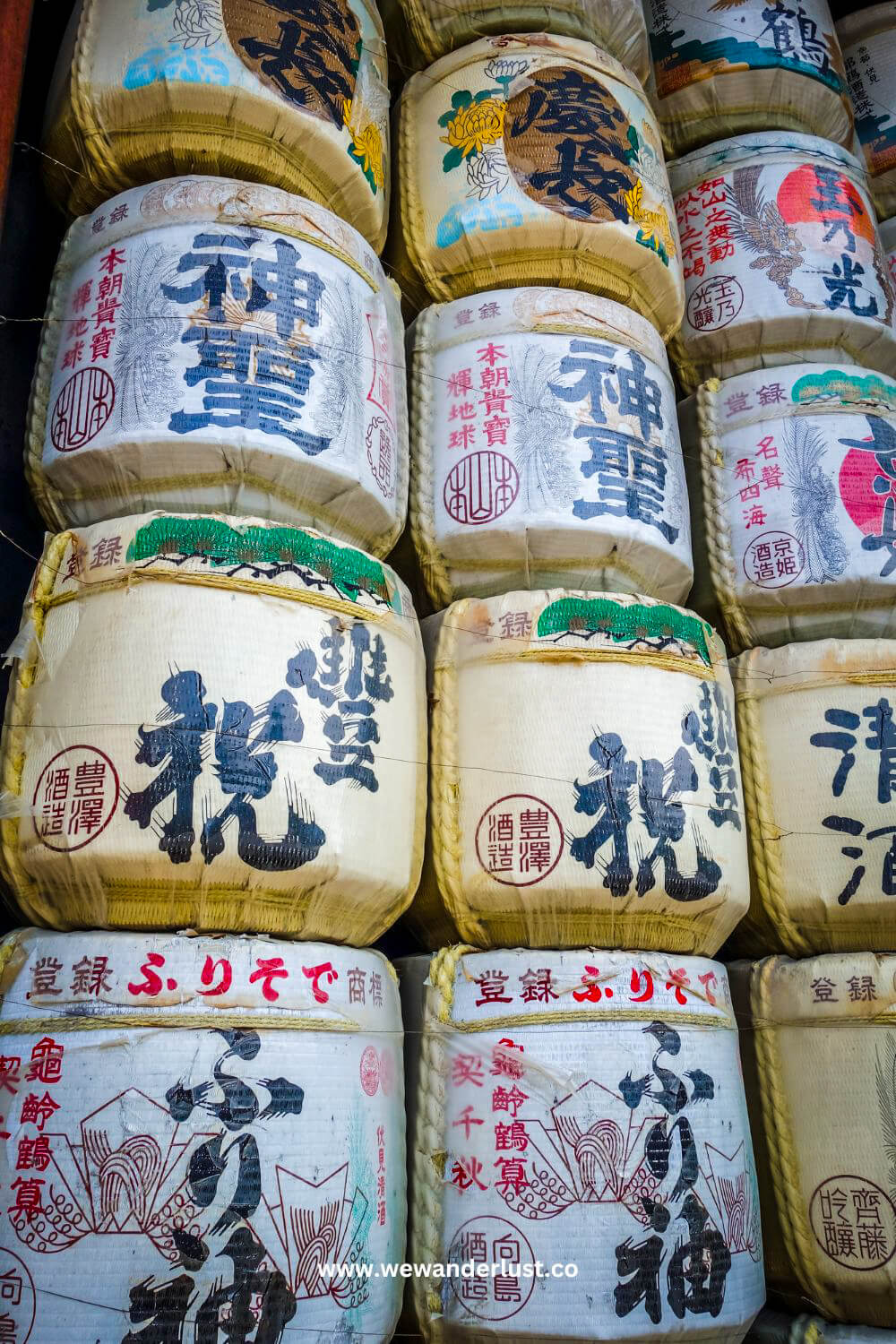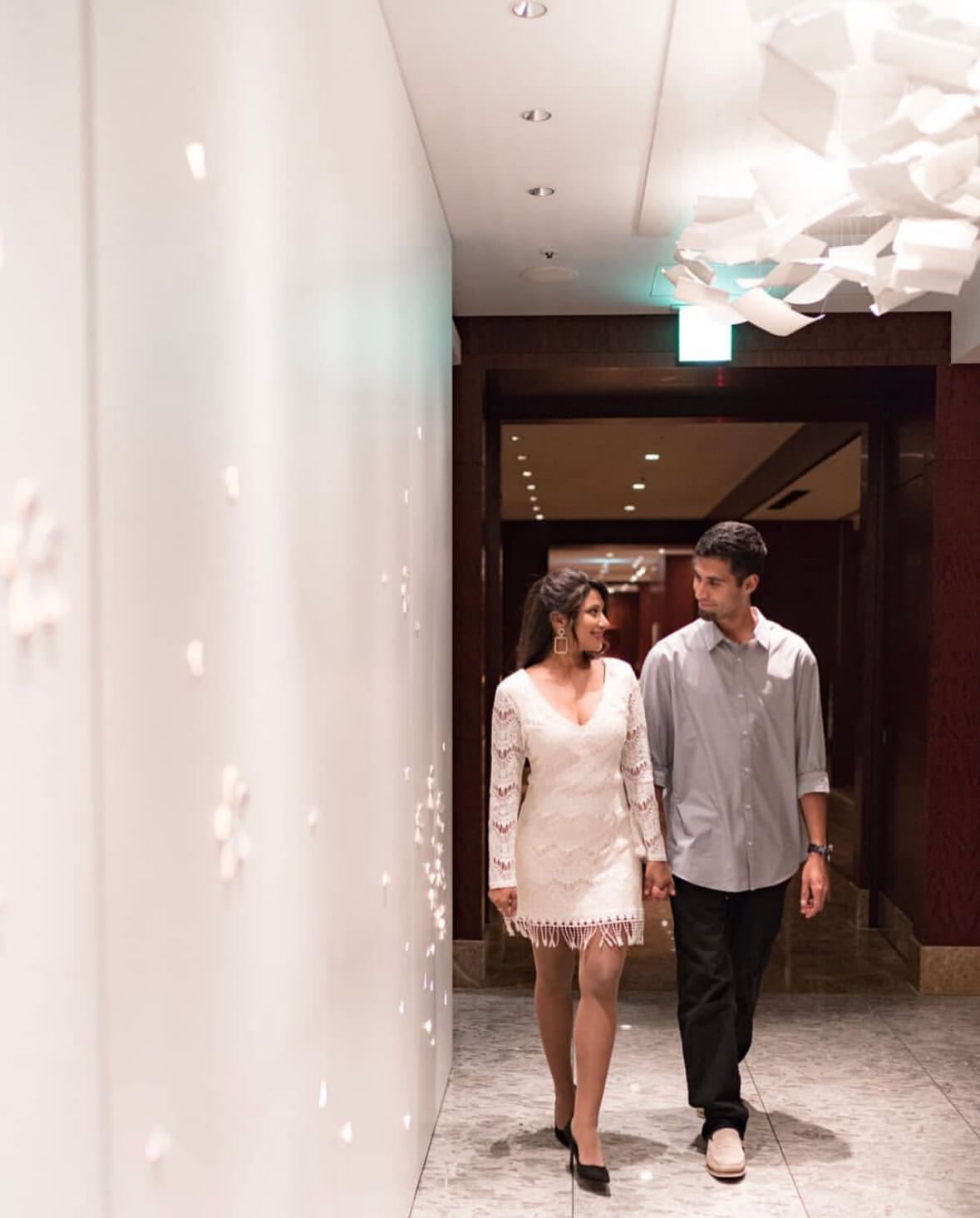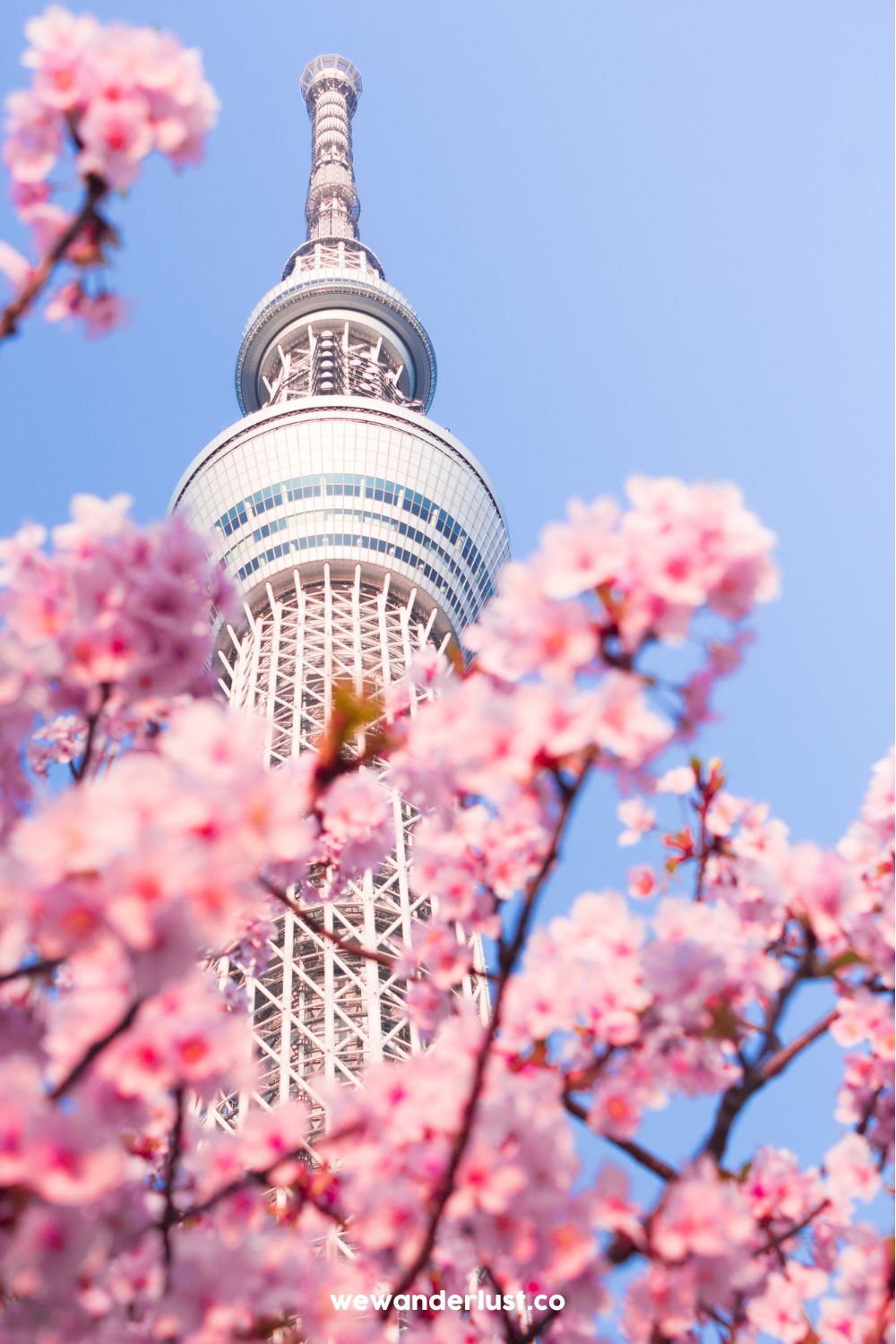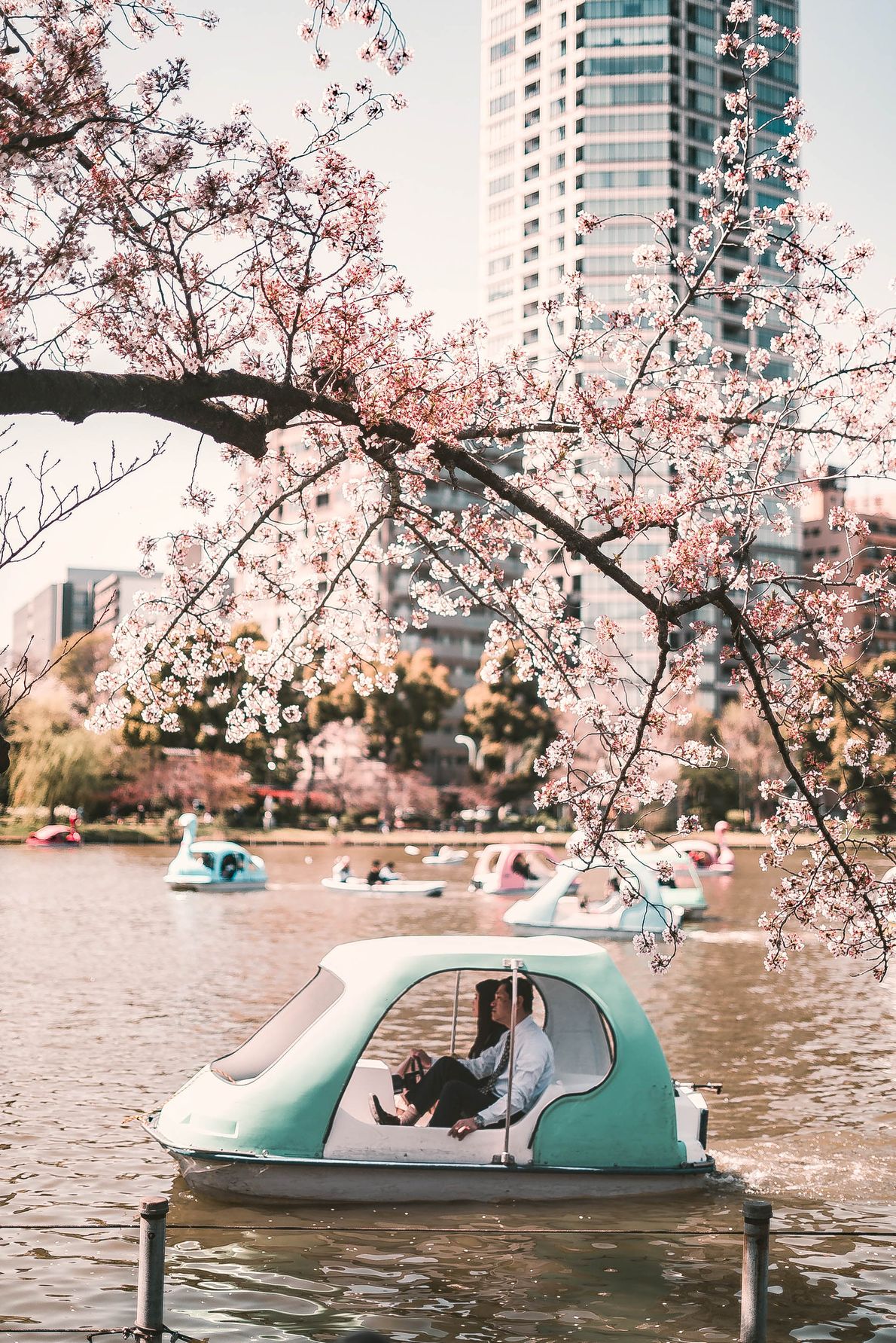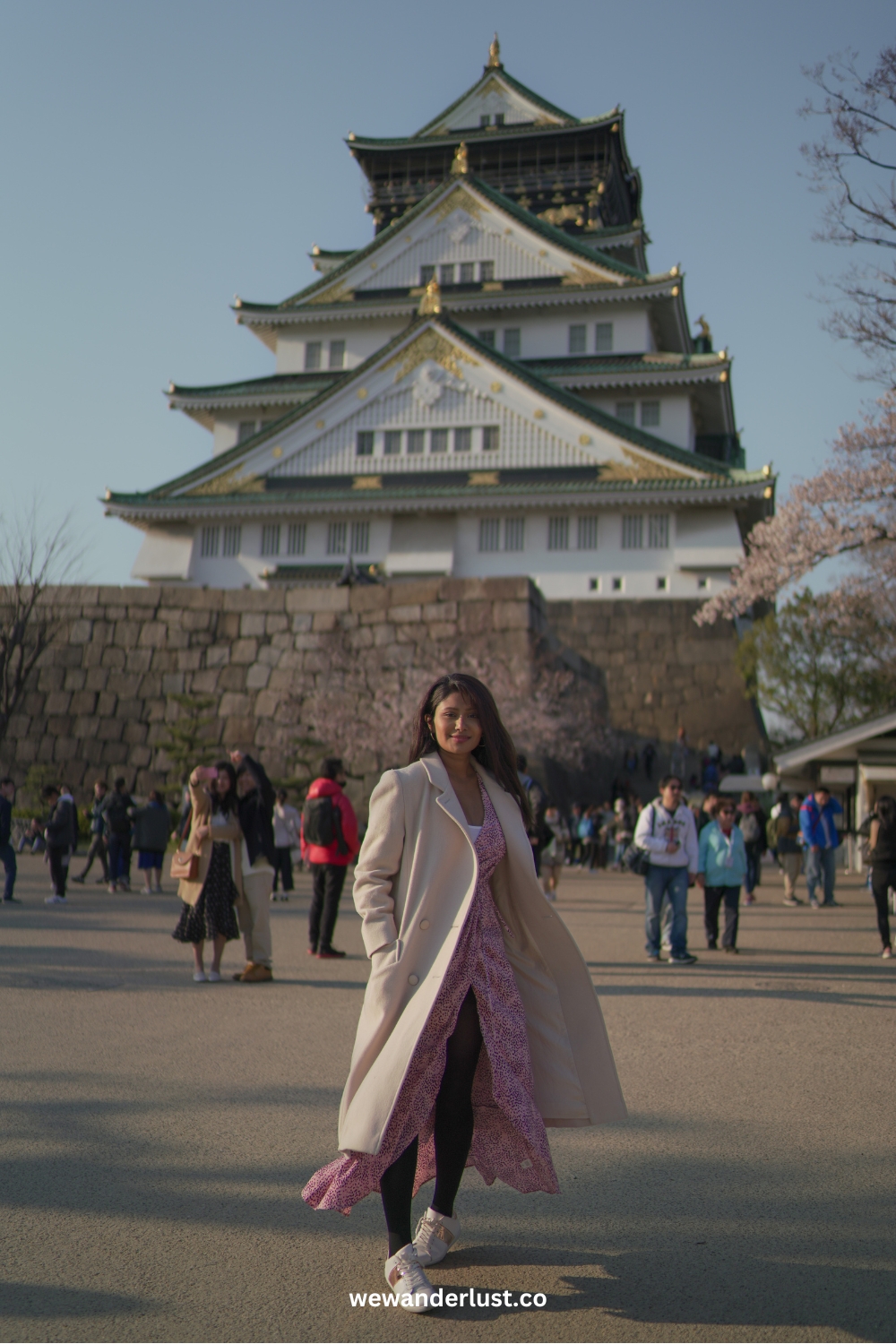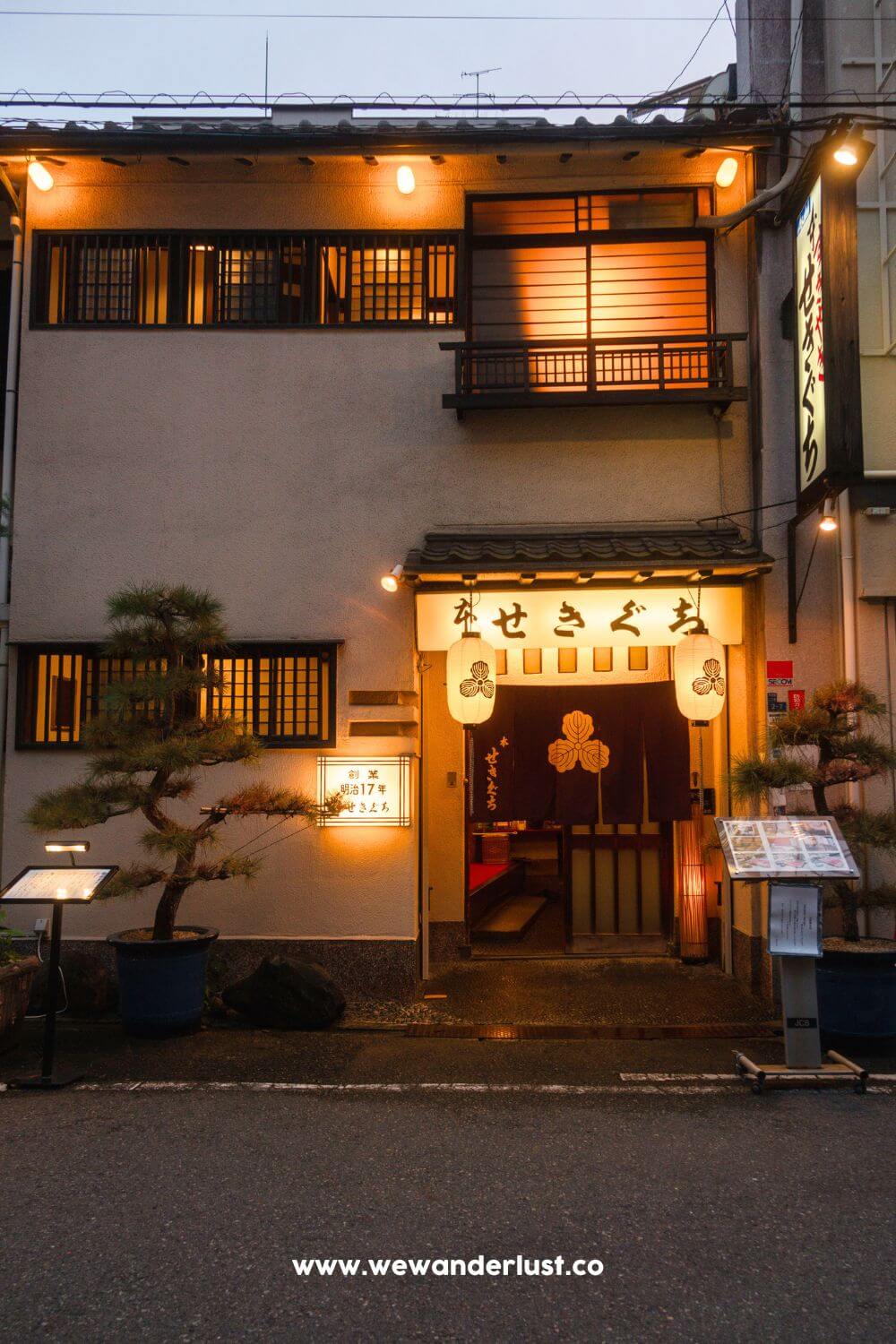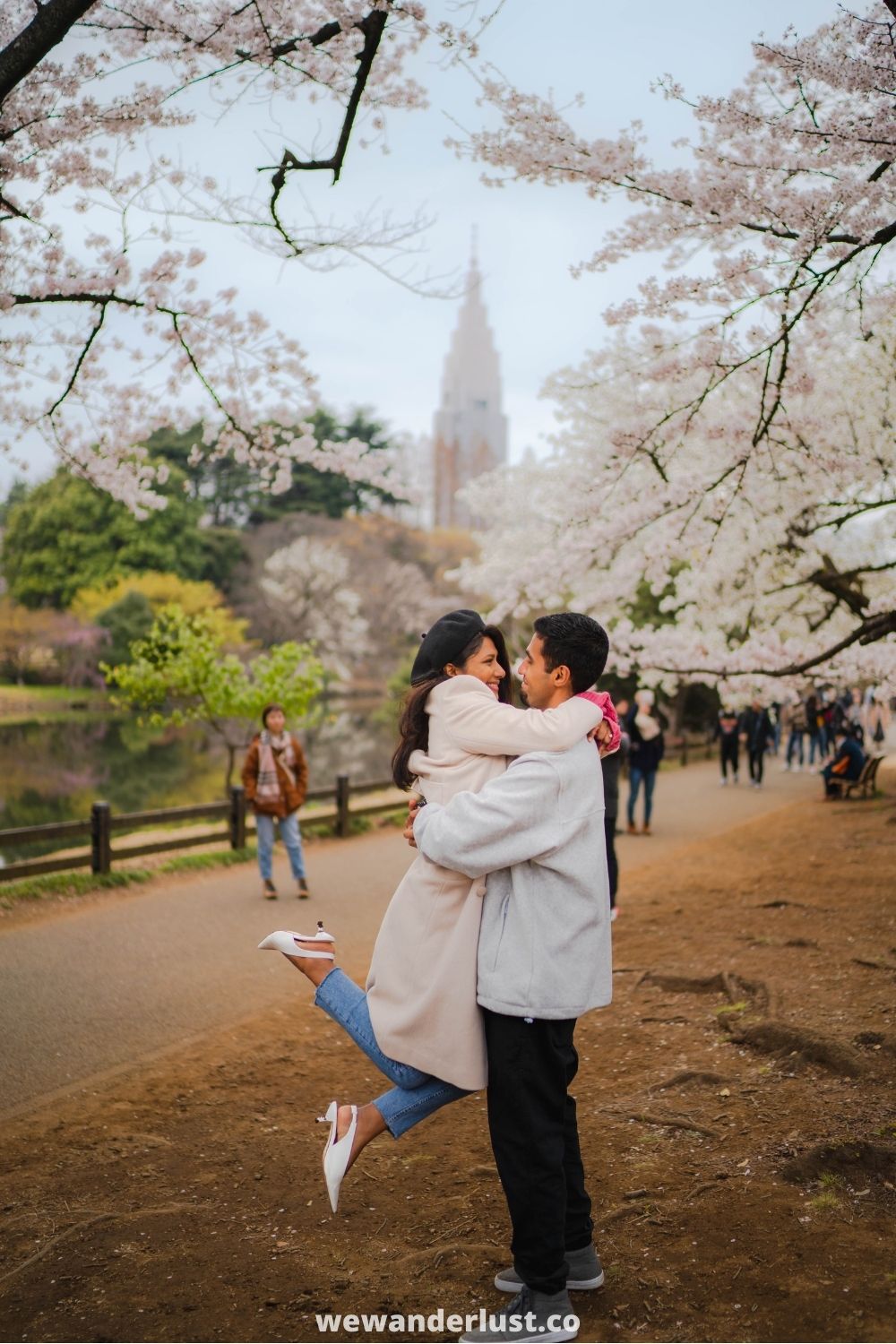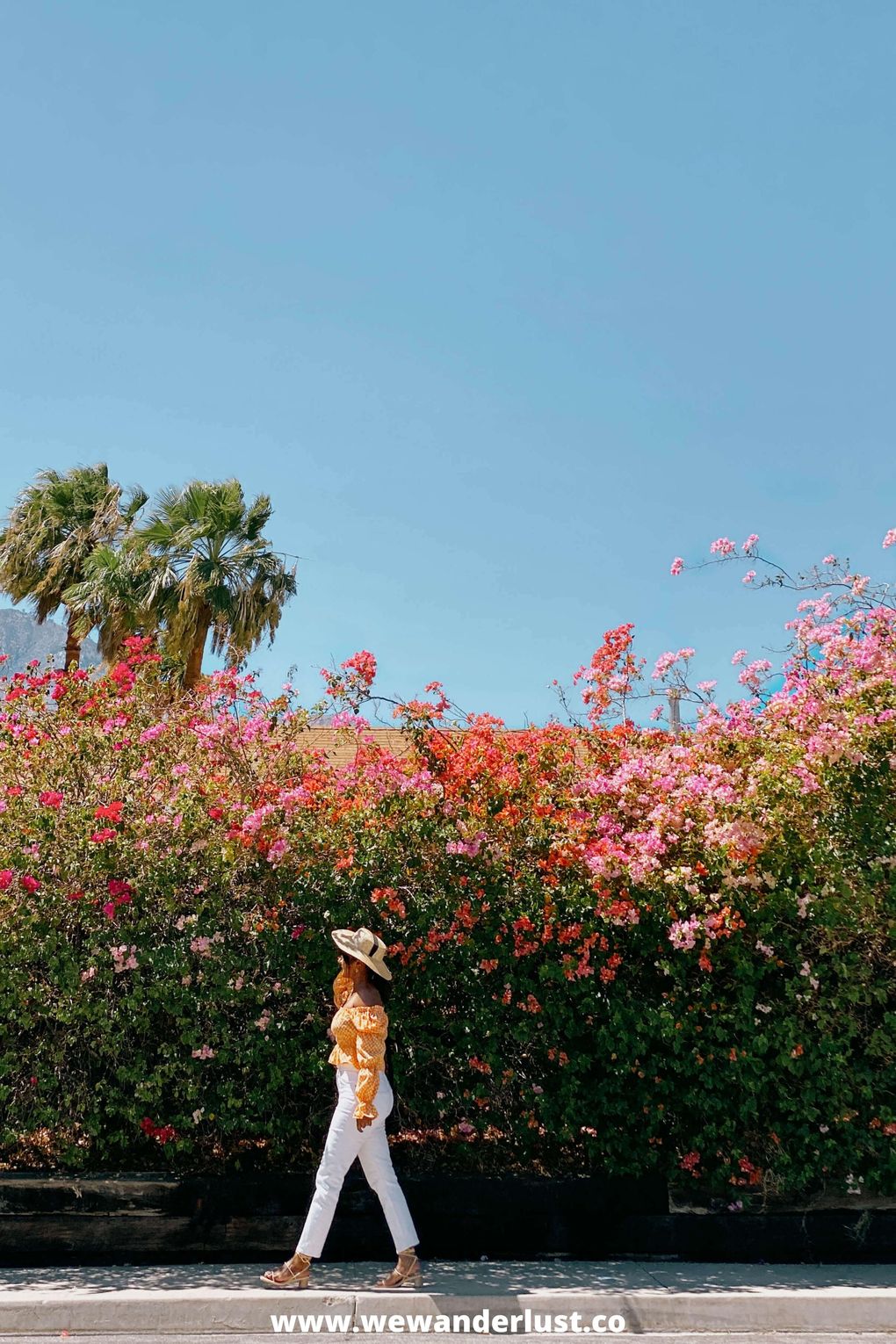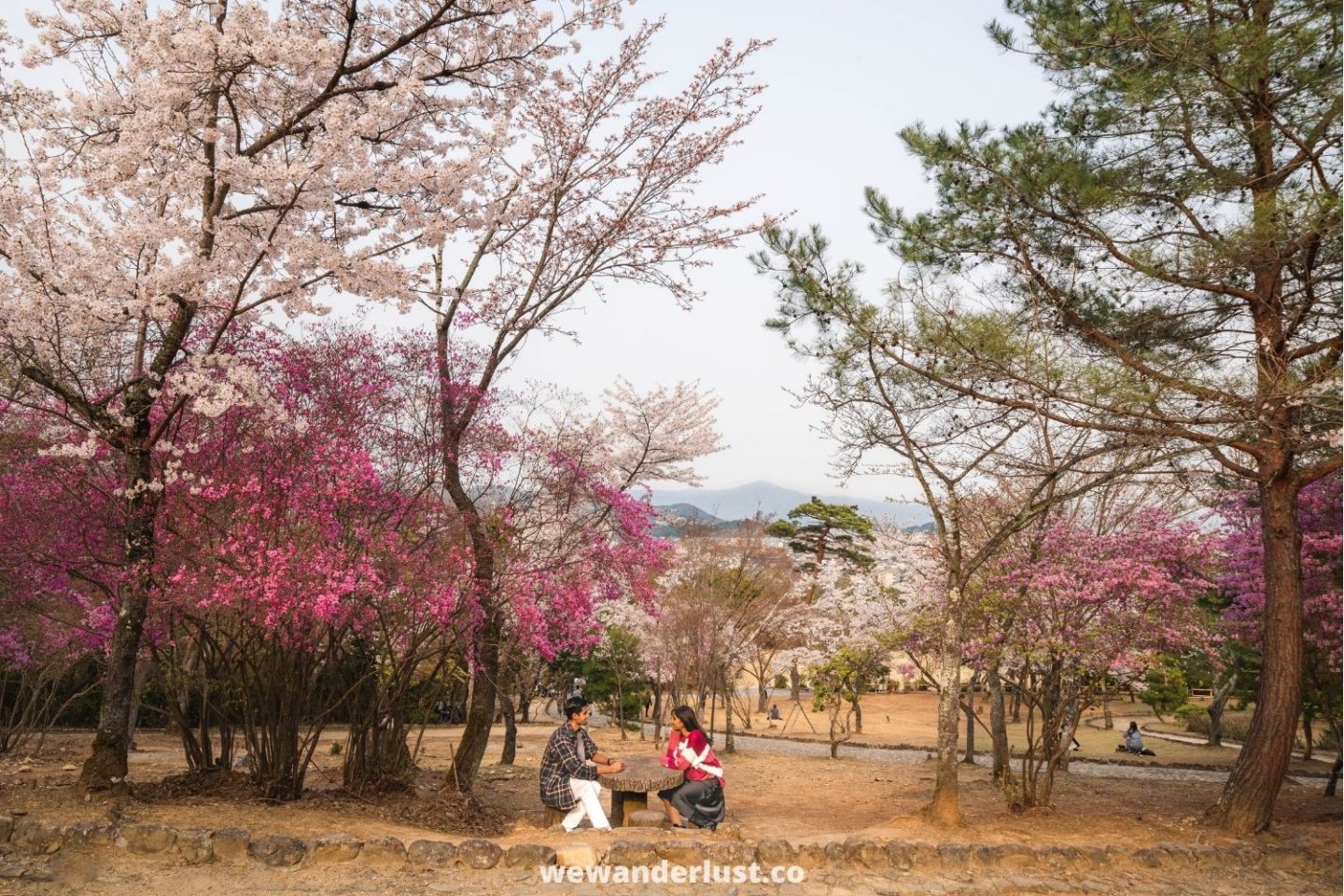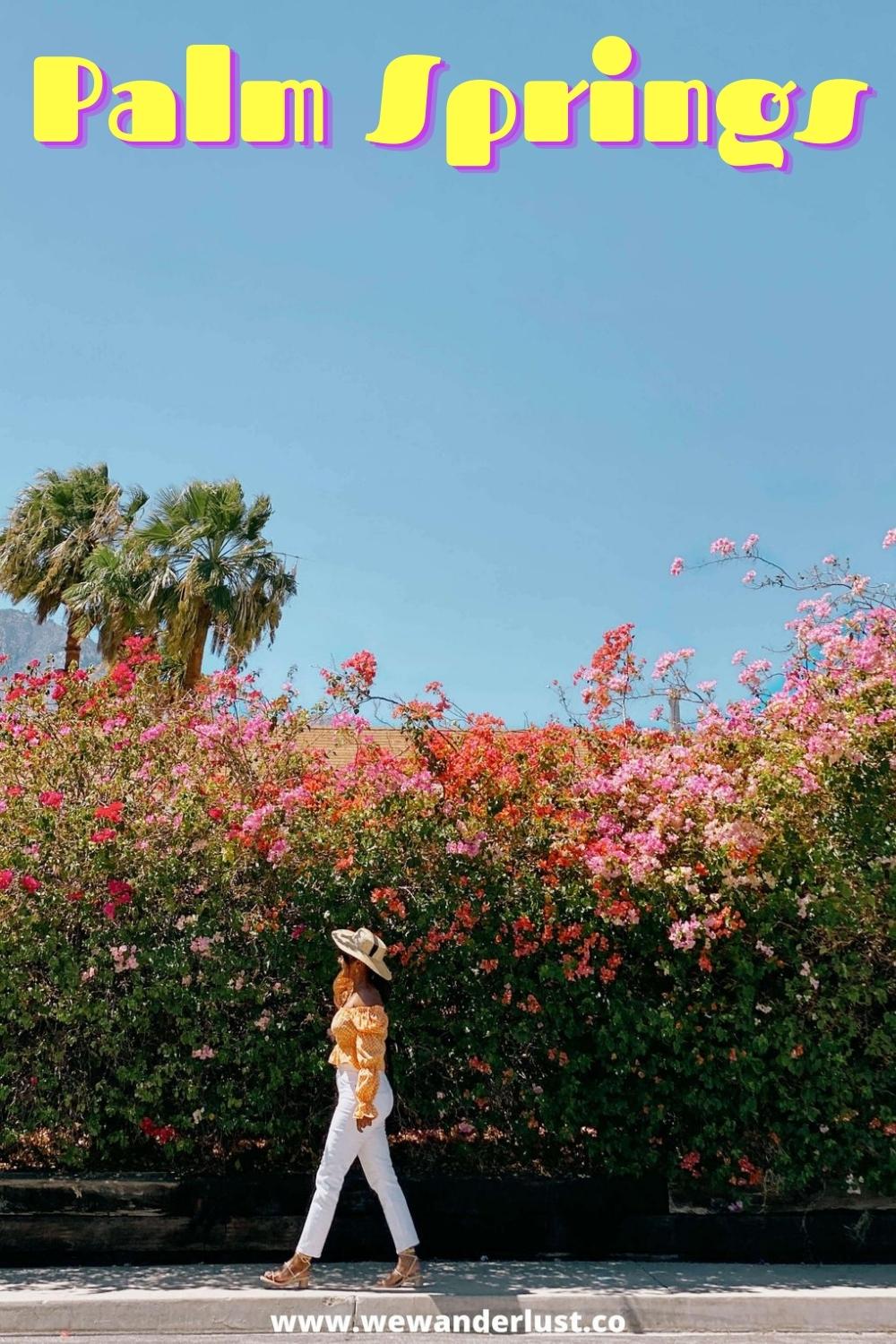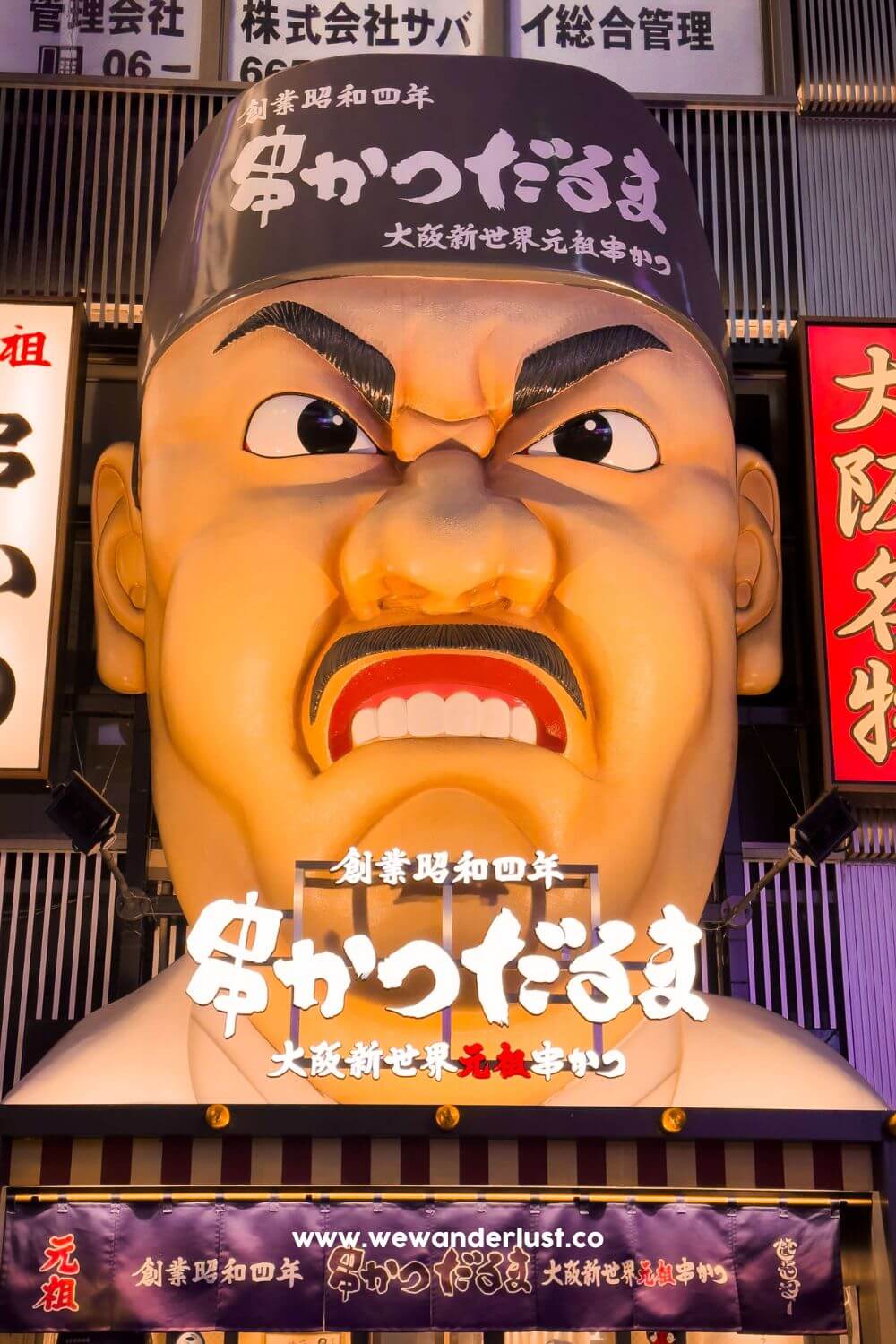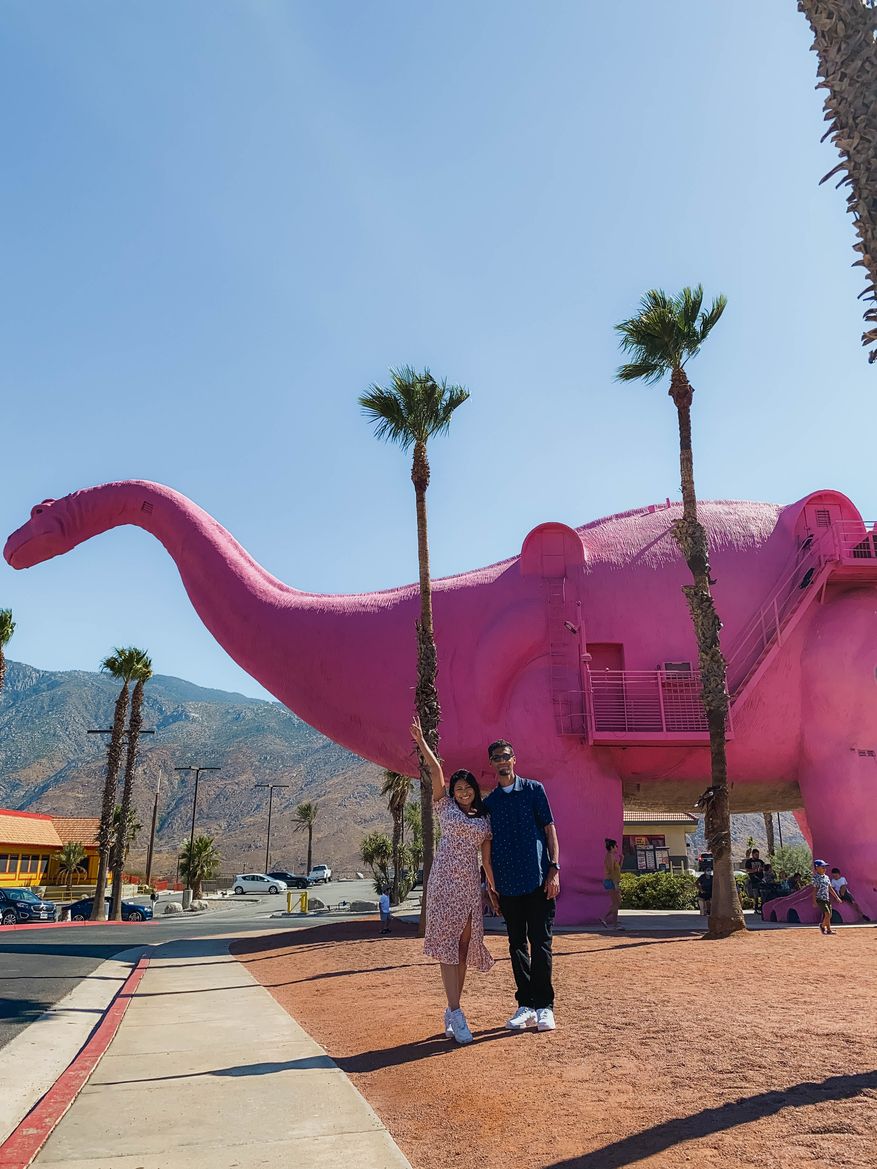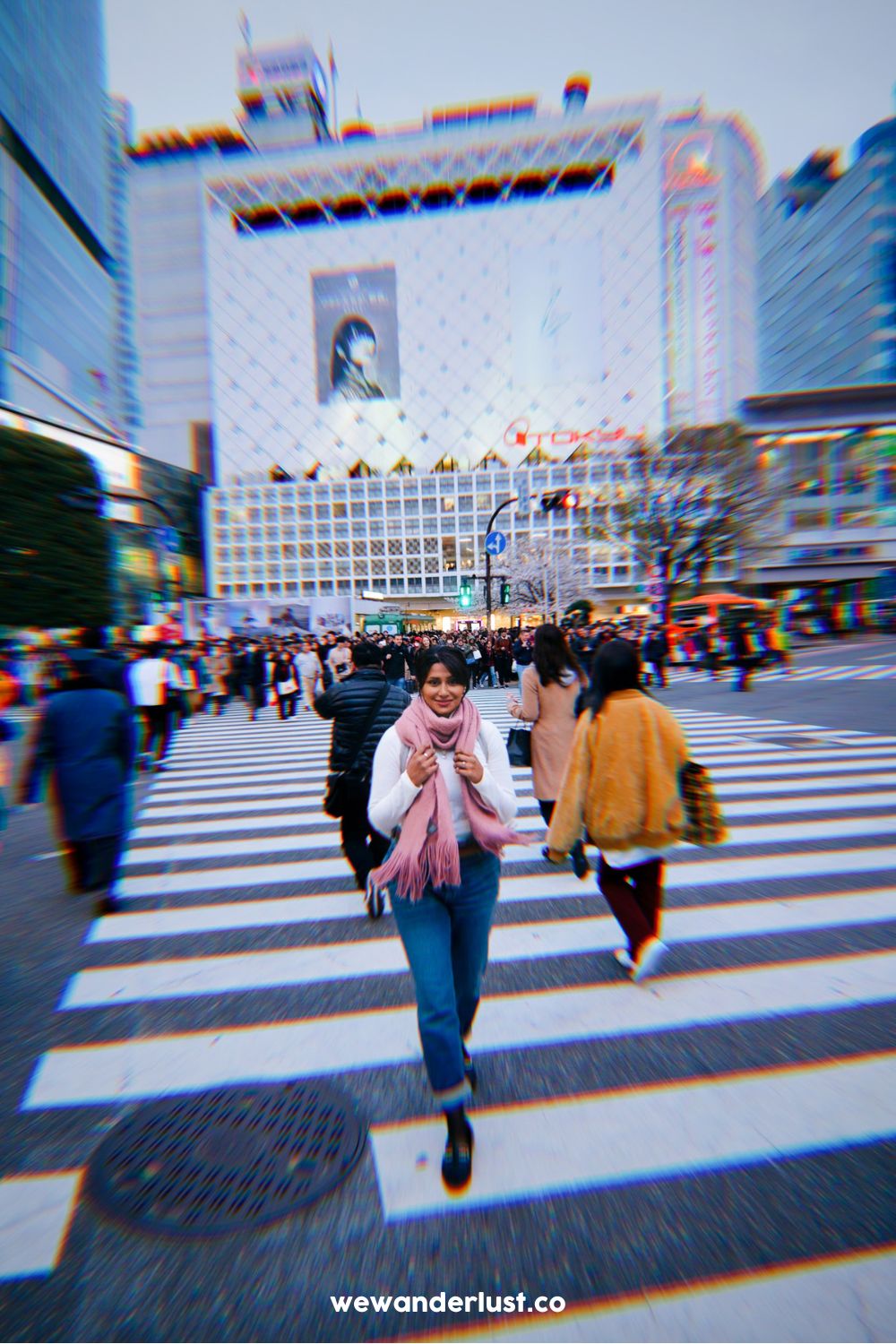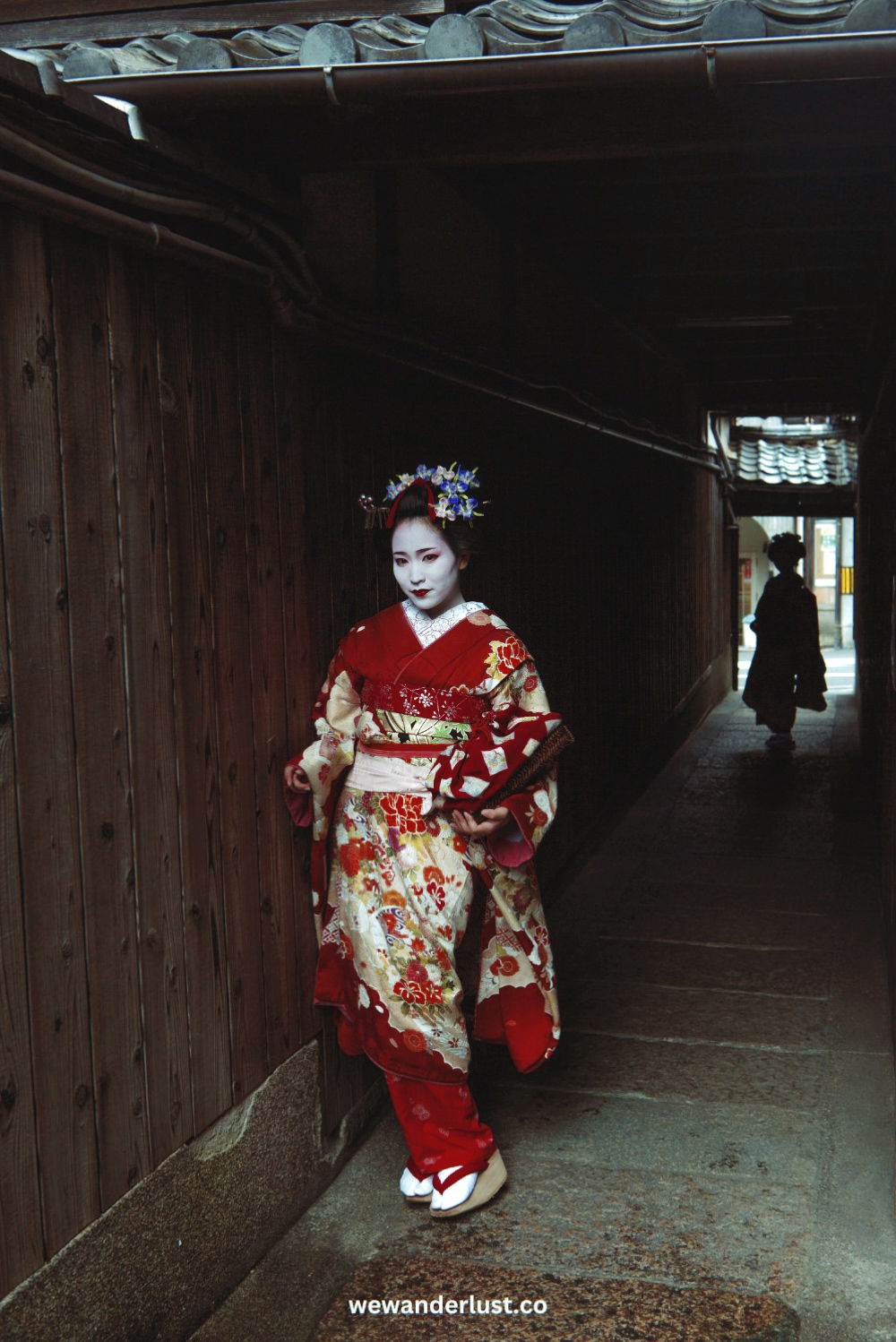20 Best Things to Do in Kyoto, Japan (Beginner’s Guide)
Kyoto, the old capital of Japan for over 1,000 years, still retains much of its traditional heritage. Explore Kyoto’s top sites and hidden gems, from tranquil zen gardens and enchanting geisha dances to bustling markets and serene shrines. In addition to its many historical attractions, Kyoto is also a great place to enjoy the outdoors. For more eco-conscious travelers, the city has several parks and green spaces, as well as a number of rivers and lakes. And for nature lovers, there are numerous hiking and cycling trails in the surrounding area. Here are the 20 best things to do in Kyoto!
Best Things To Do in Kyoto
For a detailed 3 days in Kyoto check out our Ultimate 3-Day KYOTO Itinerary.
1. Visit Fushimi Inari Shrine and Hike Through Torii Gates
The Fushimi Inari Shrine is one of the most popular tourist attractions in Kyoto. The shrine is dedicated to the deity Inari responsible for a good harvest and business success. It features a beautiful path lined with over 1000 red Torii gates. The hike up to the shrine takes about two hours, and it provides stunning views of the city and did we mention there’s less crowds up there.
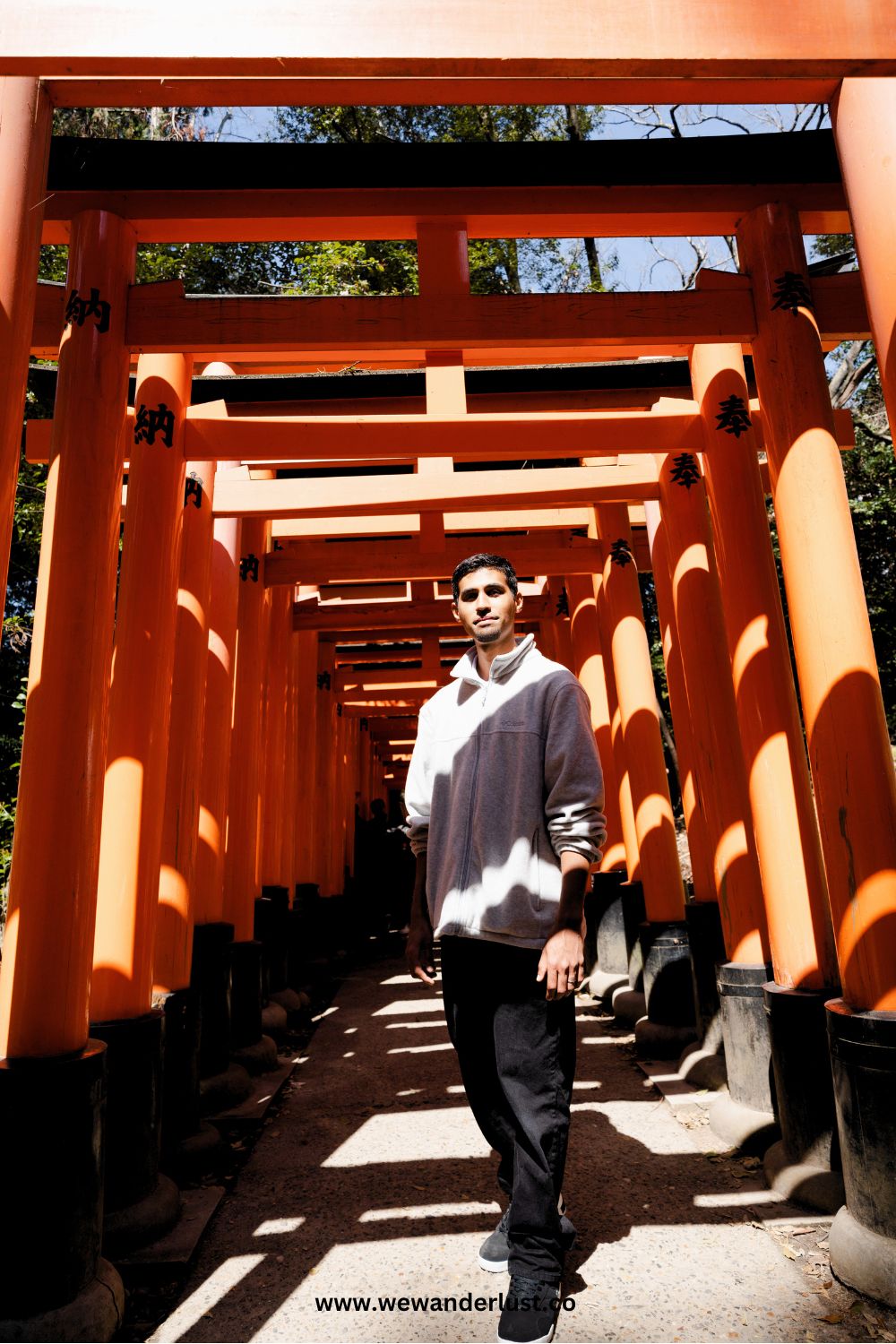
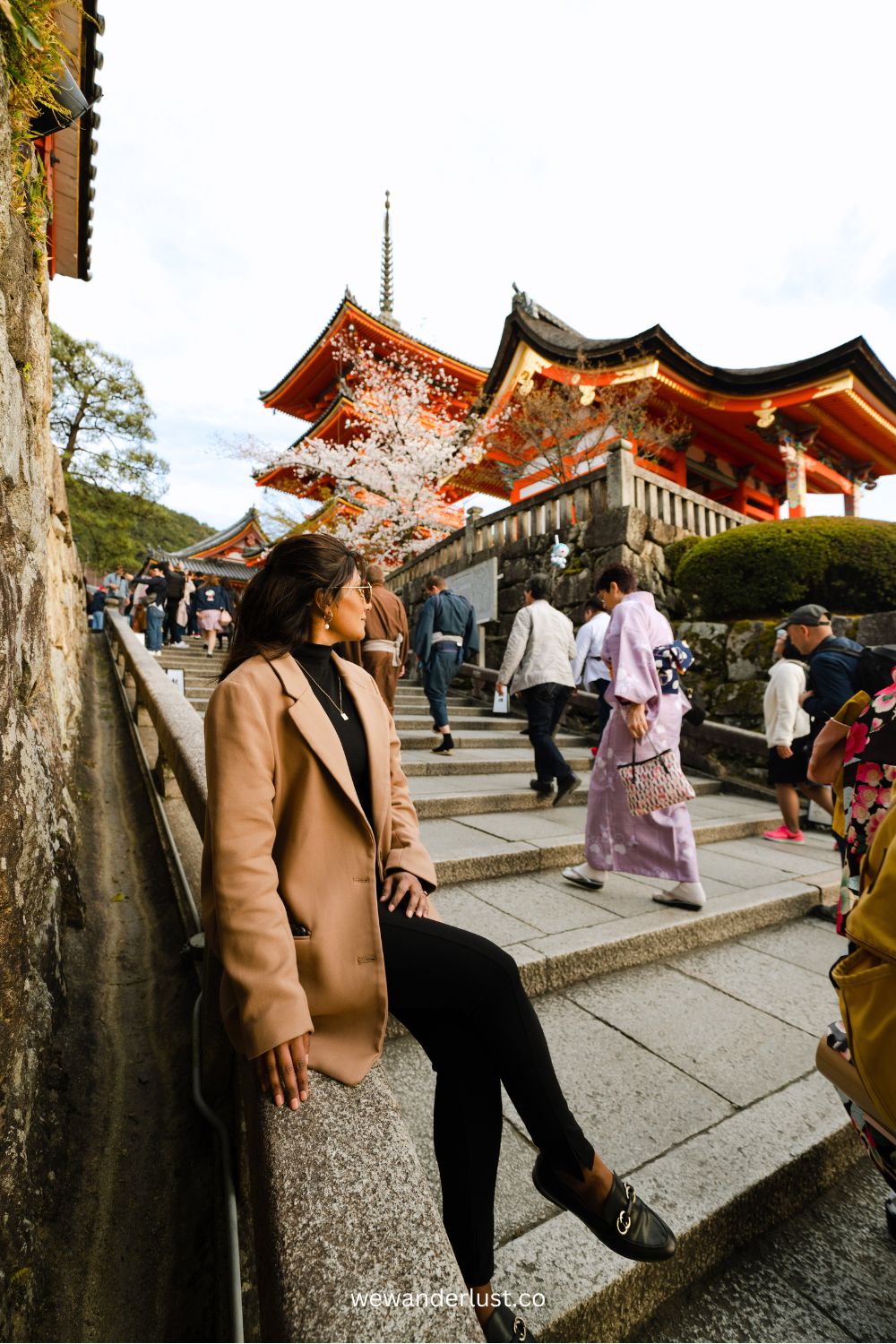
Hiking through the torii gates is an unforgettable experience, and it’s something that everyone should do while in Kyoto. The hike is relatively easy, and it’s a great way to get some exercise while enjoying the beauty of nature.
After your hike, be sure to stop by one of the many food stalls at the base of the shrine. There, you can try delicious local dishes like yakitori (grilled chicken).
2. Visit the Nishiki Market
The Nishiki Market is one of the best places in Kyoto to try local food. The market is home to over 100 stalls, and you can find everything from fresh produce to grilled meats and seafood. There are also a number of restaurants and cafes where you can sit down, enjoy a meal and just simply observe daily life of vendors and locals going about their day.
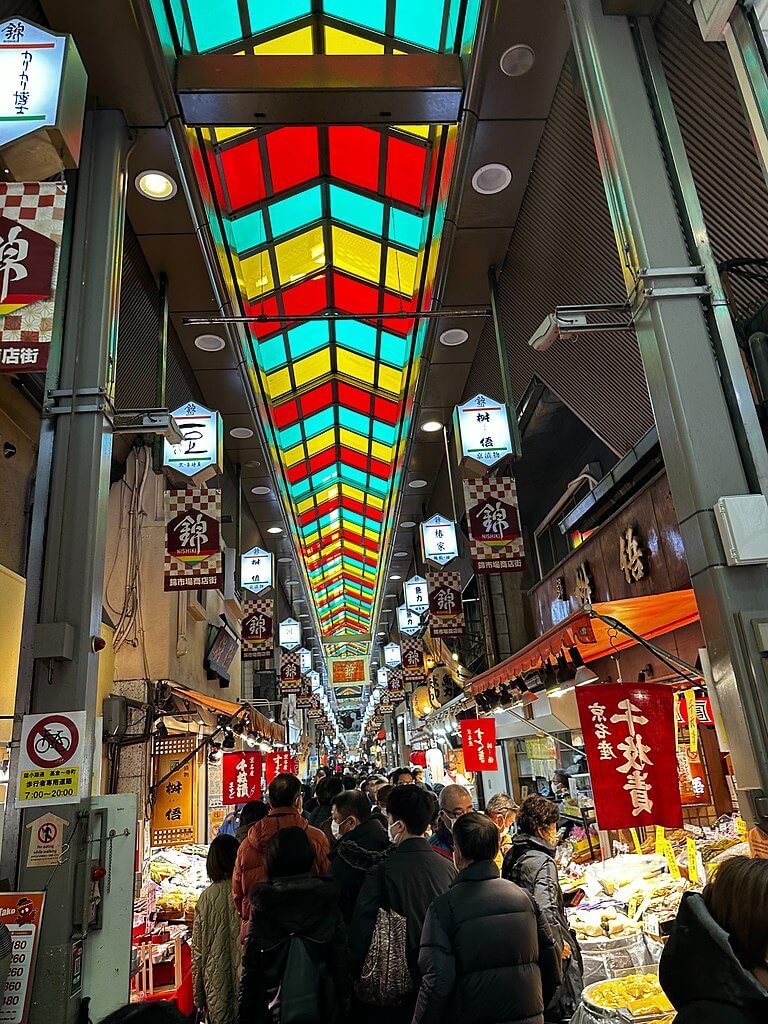

If you’re feeling adventurous, why not try some of the more unusual foods on offer? The market is a great place to find things like grilled eel and tofu skin. You can buy souvenirs and gifts at many of the stalls as well.
The Nishiki Market is a must-visit for anyone visiting Kyoto. It’s a great place to sample the local cuisine and find some unique gifts. Thanks for reading, and we hope this guide has helped you plan your trip!
3. Visit Pontocho Alley
Pontocho Alley, a narrow historic district in Kyoto, Japan, offers a glimpse into traditional Japanese culture. Lined with teahouses, restaurants, and bars housed in historic wooden buildings, this atmospheric alley transports visitors back in time. Though generally safe during daylight hours, Pontocho can become crowded and boisterous at night, especially on weekends, when the area transforms into a lively nightlife destination.
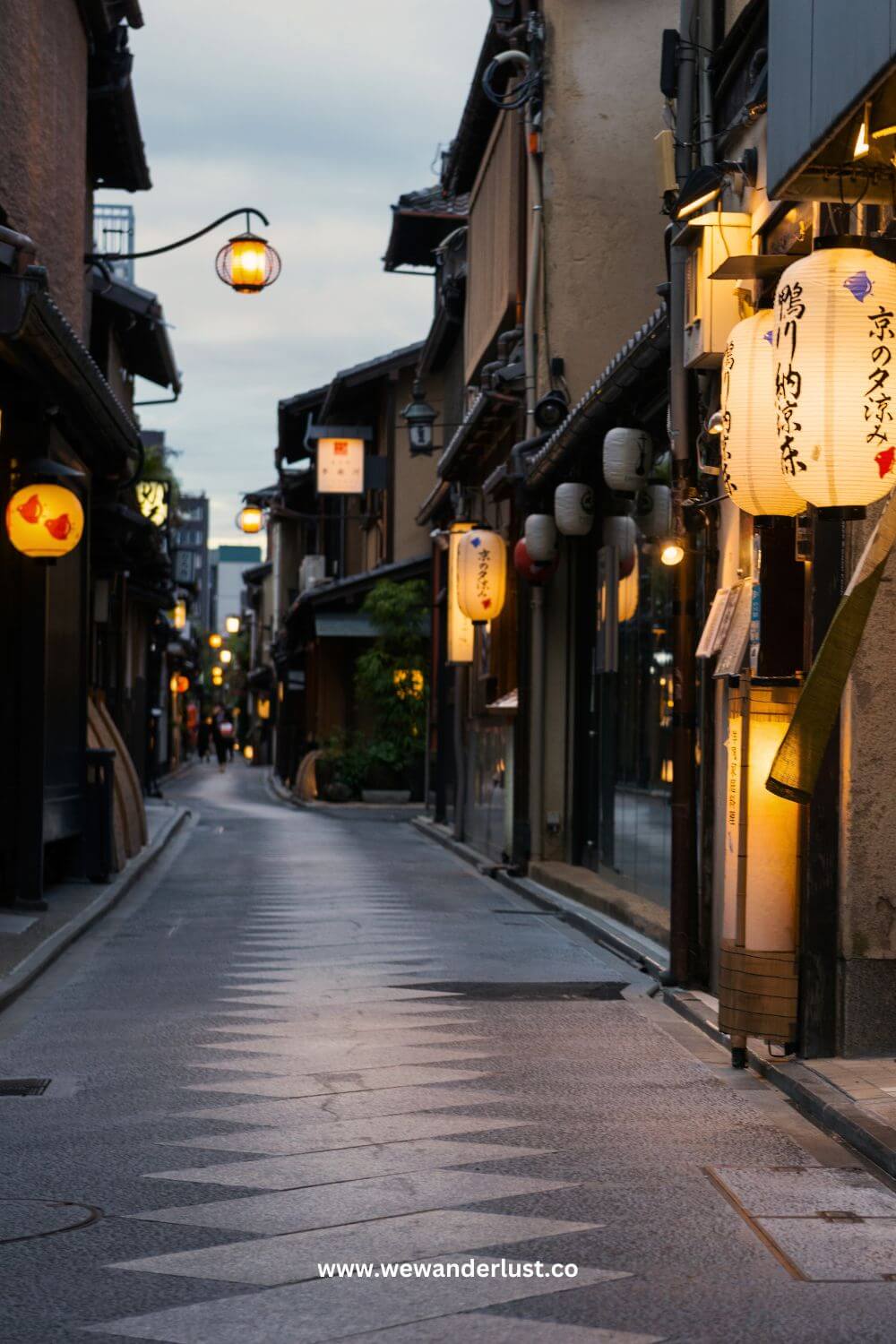
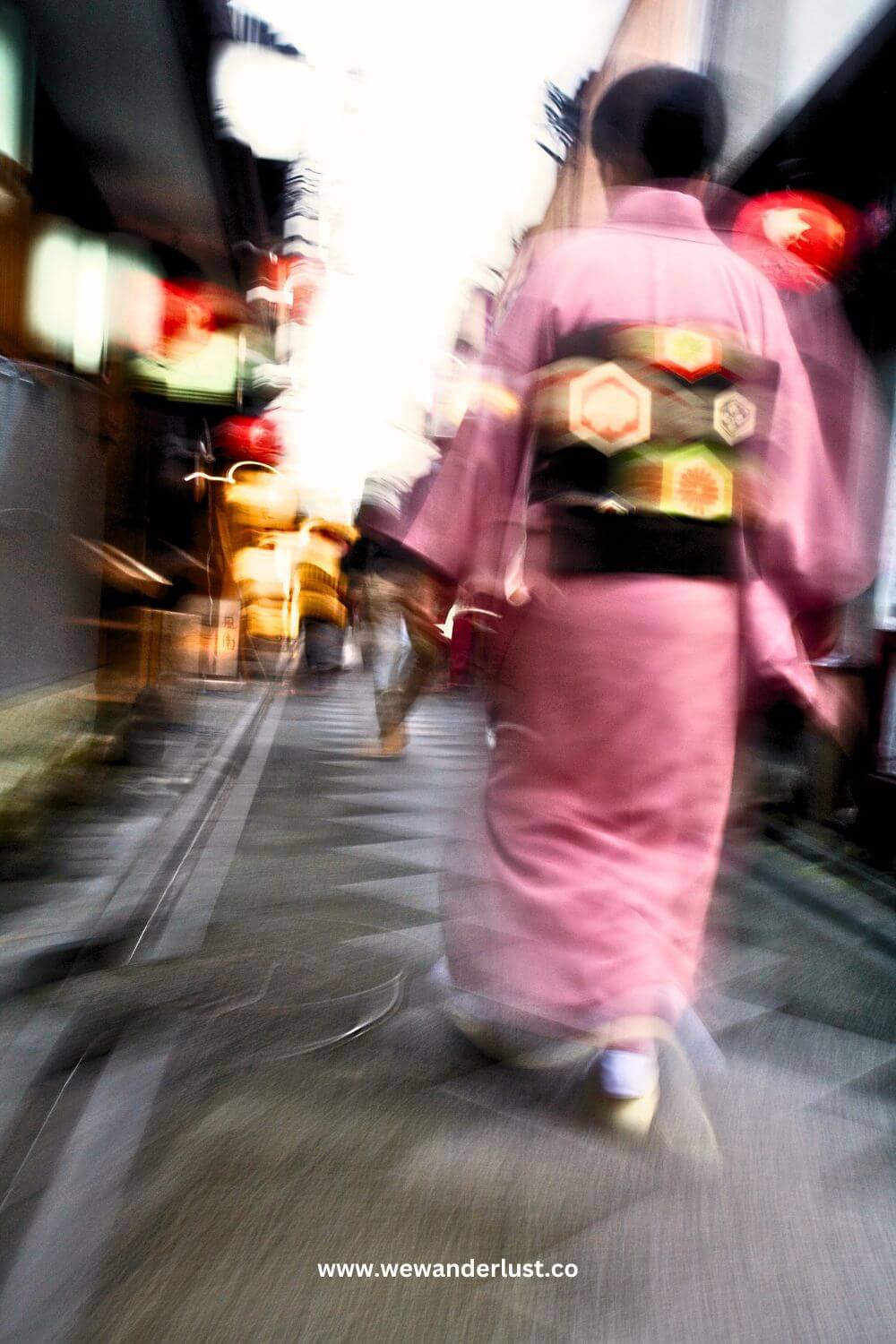
Here are some things to know about Pontocho Alley:
- Pontocho, a pedestrian-only street lined with traditional wooden restaurants and tea houses overlooking the Kamo River, is considered by many to be the most picturesque street in Kyoto.
- This historic dining and entertainment district, just a 3-minute walk from Kawaramachi Station, prohibits cars, modern buildings, and neon signs.
- You can access Pontocho from the nearby Shijo Kawaramachi bus stop, served by lines 17 and 205 from Kyoto Station.
See all Kyoto Stays
4. Visit the Kinkaku-ji Temple
The Kinkaku-ji Temple, also known as the Golden Pavilion, is one of Kyoto’s most iconic landmarks. The temple is covered in gold leaf, and it’s surrounded by a beautiful garden. The temple was built in the 14th century, and it has been designated as a UNESCO World Heritage Site.
Explore the grounds, admire the architecture, and learn about the history of the temple. Experience a traditional tea ceremony at a tea house on the premises, where you can relax and enjoy a cup of green tea.
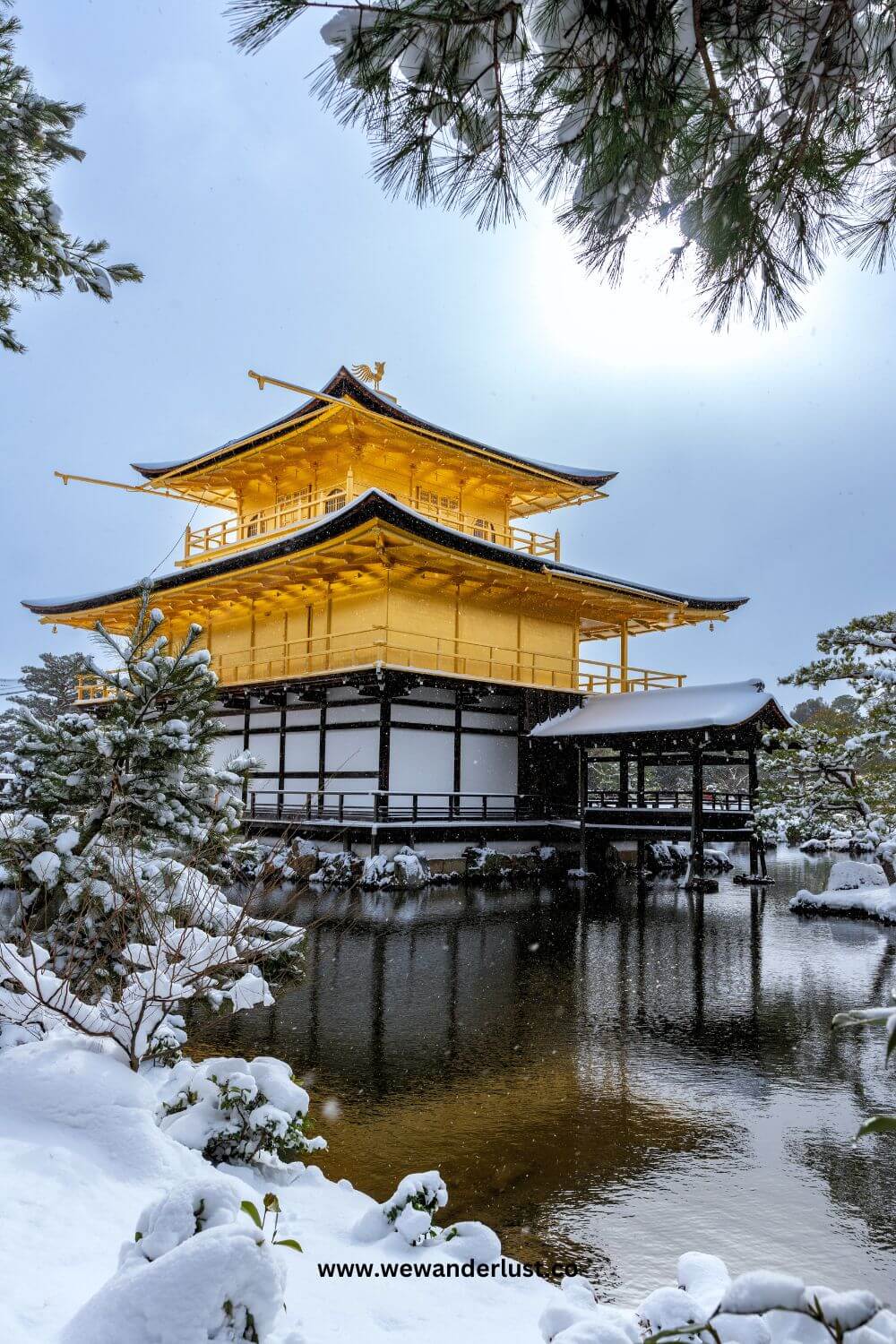

The Kinkaku-ji Temple is a must-see for anyone visiting Kyoto. It’s a beautiful example of traditional Japanese architecture, and it’s surrounded by stunning gardens.
Tip: The best time to visit Kinkaku-ji temple is during winter when the surrounding areas and trees are covered in white snow only leaving the golden pavilion to shine. Although, Spring and Fall are also popular.
5. Visit Gion District
The Gion District in Kyoto is popular for good reason. The district is home to a number of traditional Japanese buildings, as well as a large number of restaurants and shops. The Gion District is where you can also see the elusive geishas, who are trained entertainers that wear traditional Japanese clothing.
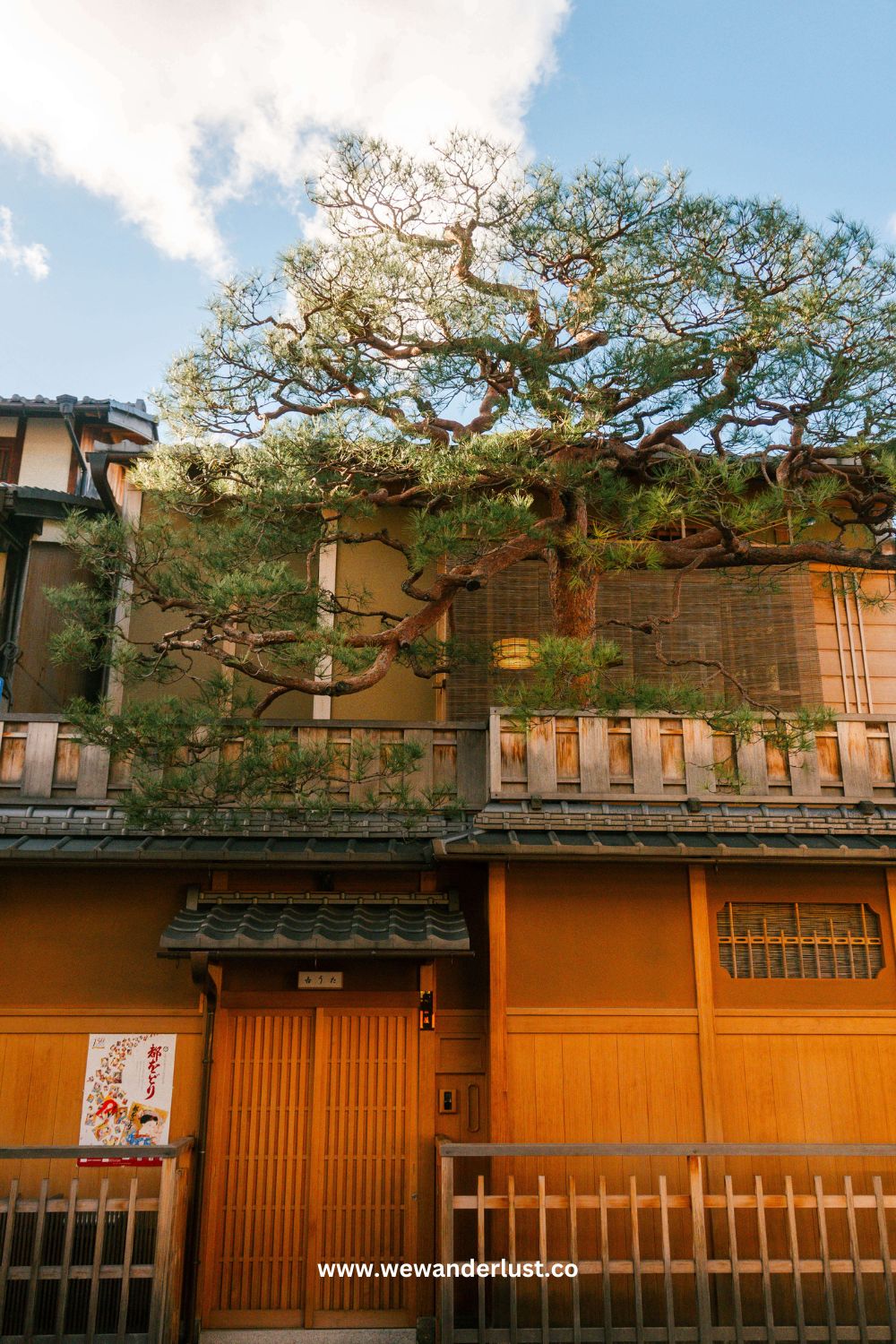
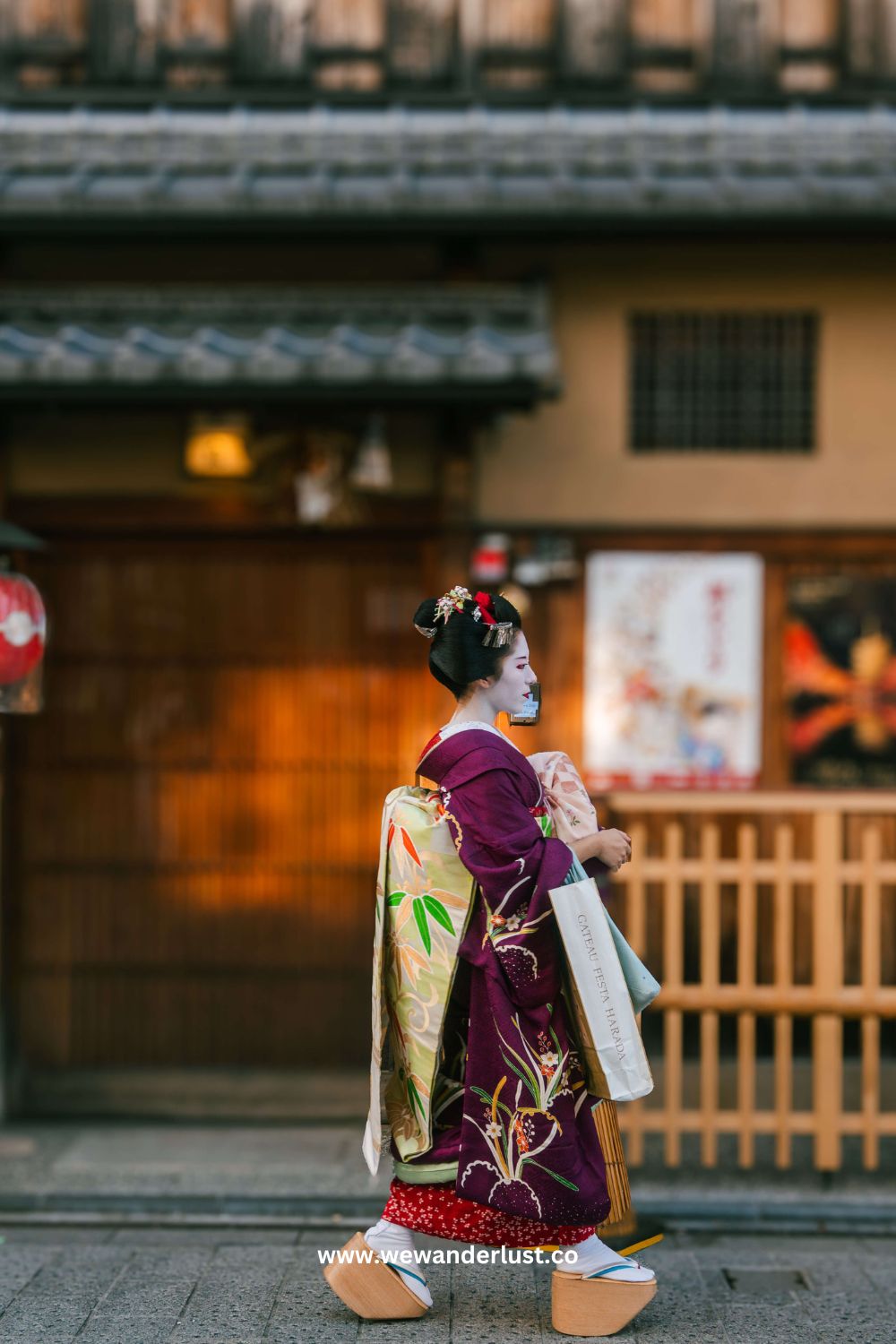
The best time to see geishas in the Gion District is during the late afternoon or evening, when they are out walking to appointments. If you’re lucky, you may even spot a geisha on her way to work at a tea house or restaurant. Luckily for us, we spotted 3 different geishas walking away from crowds.
Tip: Please be respectful when you are around geishas or trying to photograph them. It’s best to ask for permission first or shoot from a distance.
Due to recent incidents of tourists disrespecting geishas by running after them, taking unsolicited selfies and touching them, some of the streets have closed to tourists that were open before.
See more Kyoto Stays
6. Visit Hanami-koji Street
Hanamikoji Street is a historic street in Kyoto. It’s located within the Gion district, east of Gion Shijo Station, and halfway down Shijo-dori street. The name translates to “Blossom Viewing Lane”.
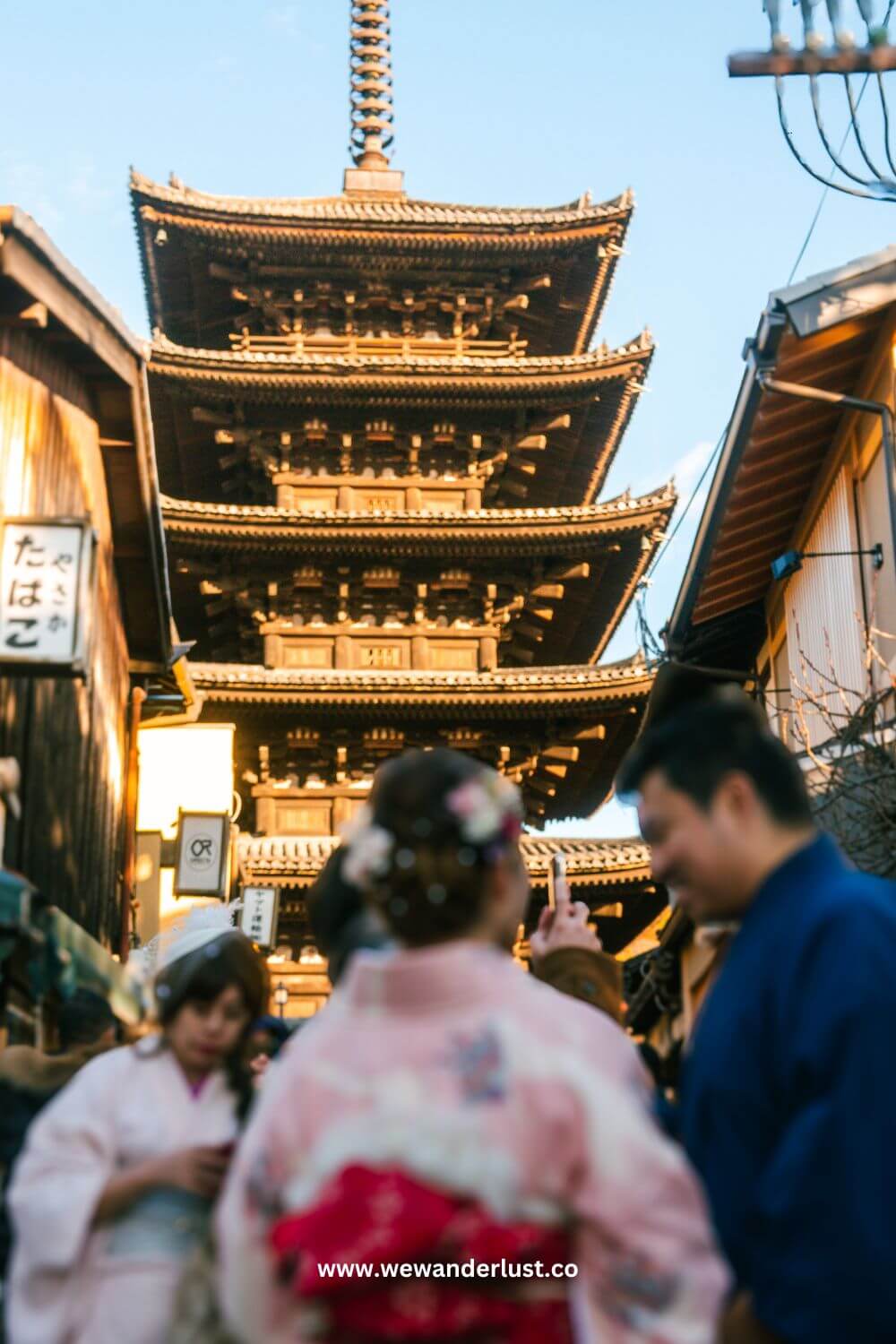

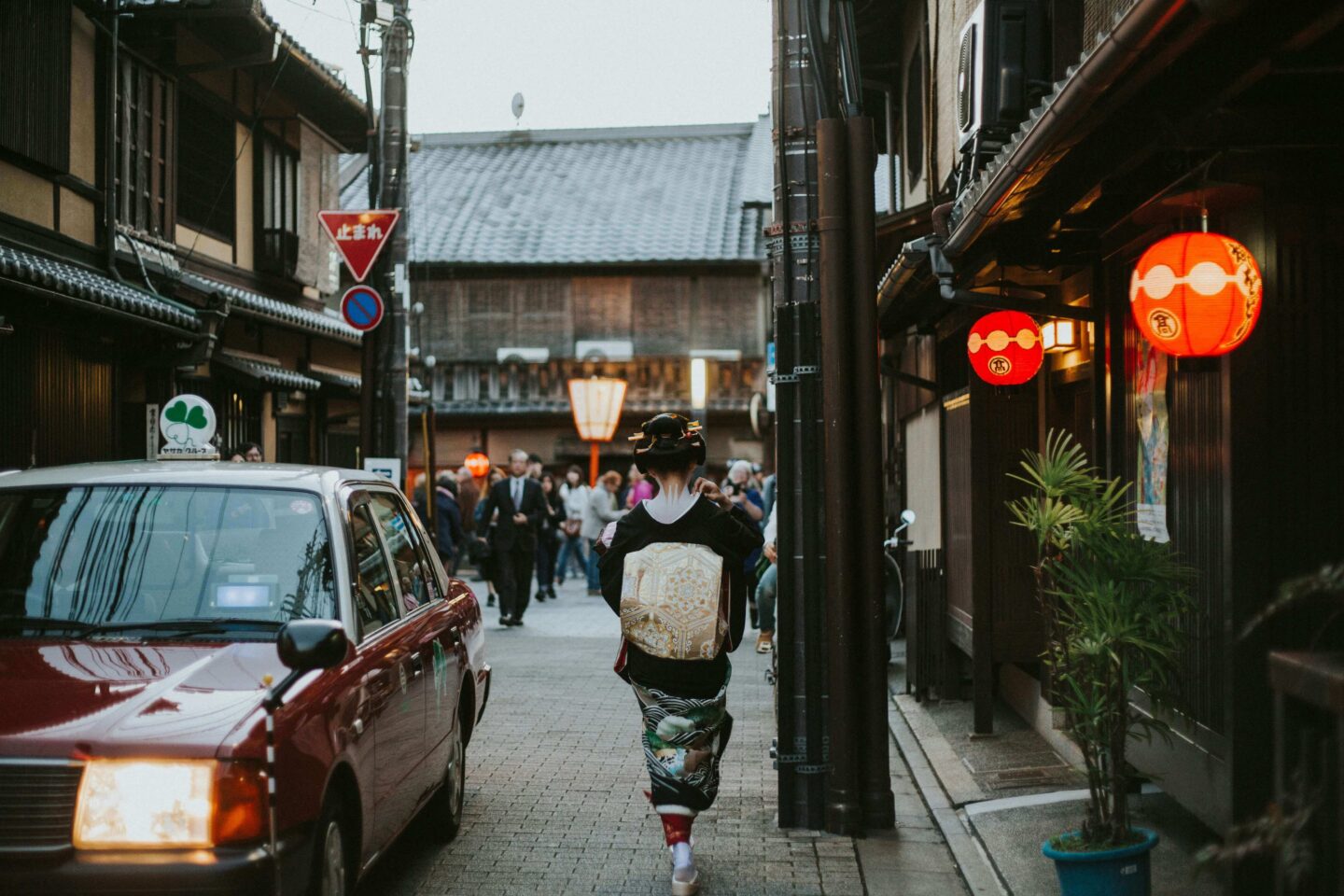
This is Kyoto’s most famous geisha spotting area where if you get lucky you may see a geisha going about her day. This specific street has lots of traditional Japanese houses, ochaya (teahouses), and old restaurants.
Tip: Head here for night photography to capture the dark lantern lit alleys with geishas walking around.
7. Visit Arashiyama Sagano Bamboo Grove
The Arashiyama Bamboo Grove is known as one of the world’s most prettiest groves. The grove is home to mostly one species of bamboo called Moso Bamboo that’s known to shoot up to 92 feet high. Don’t forget to look up and see the pockets of light shining through the dense forest.
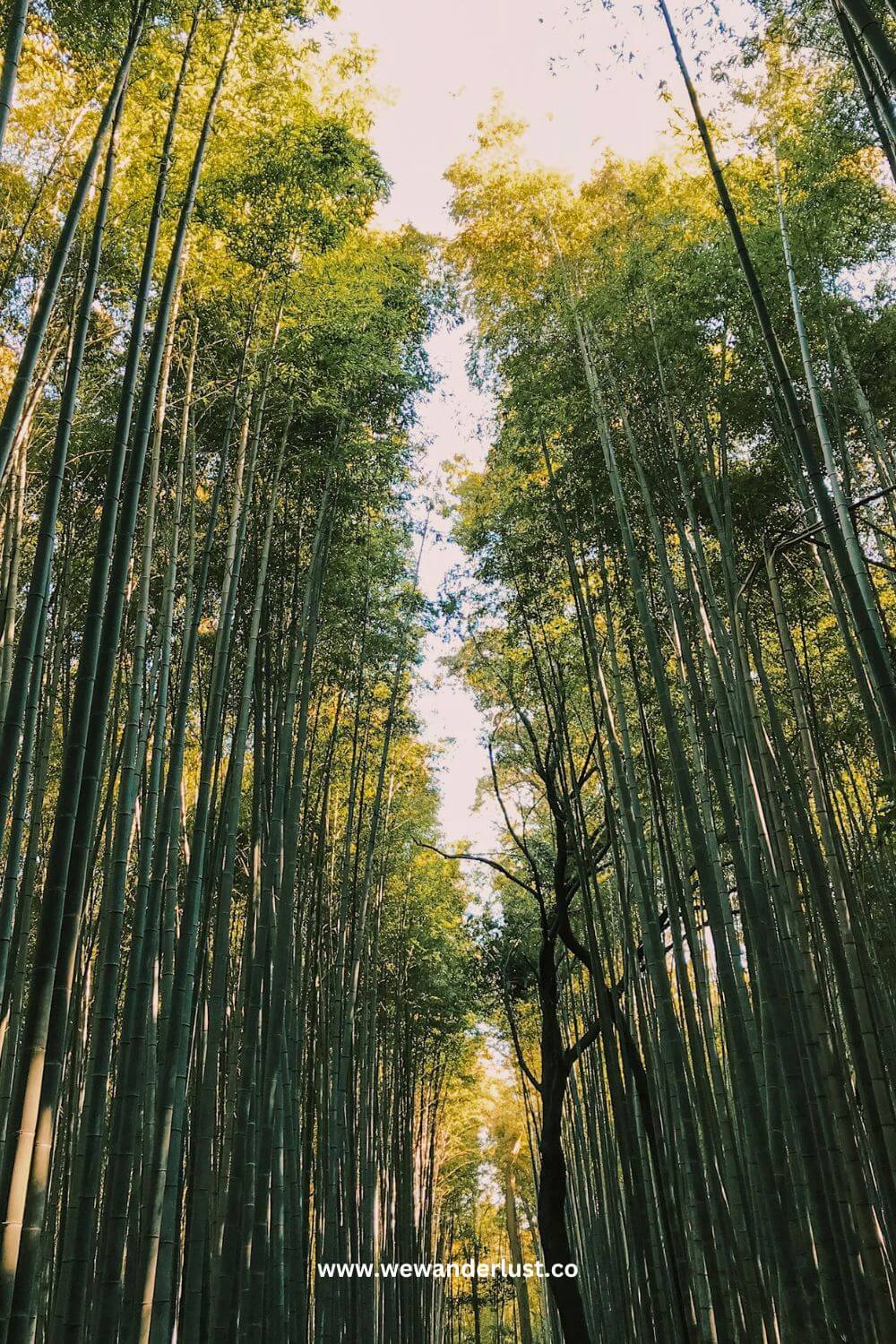

The best time to visit the Arashiyama Bamboo Grove is early in the morning, before the crowds arrive. If you want to avoid the crowds altogether (this is rare in 2024), try visiting during the weekdays.
8. Visit Daigo-ji Temple
Daigo-ji Temple is a Shingon Buddhist temple and a UNESCO World Heritage Site known as the “Temple of Flowers”. The temple was built in the ninth century and makes a great location to see cherry blossoms and autumn leaves.
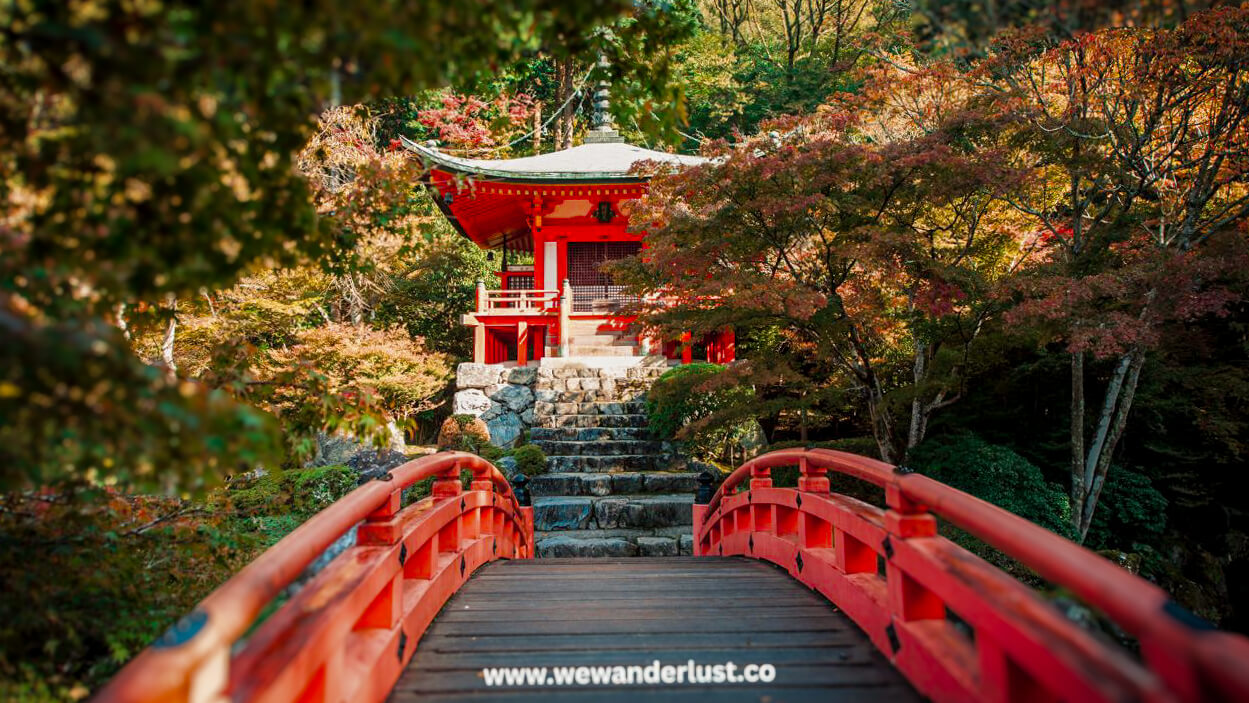
Tip: The best time to visit Daigo-ji temple is during Autumn when maple and gingko trees surround the temple with their vibrant leaves.
9. Take a Cooking Class
Japanese cuisine is world-renowned, and it’s a great way to experience the culture. There are many cooking classes available in Kyoto, and they’re a great way to learn about the ingredients and techniques used in Japanese cuisine. After taking a cooking class, you’ll be able to impress your friends and family with your new skills straight from Japan!
10. Visit Enkoji Temple
Enkōji Temple is a Zen Buddhist temple nestled in the lush hills of northeast Kyoto, not far from the historic Shugakuin Imperial Villa.
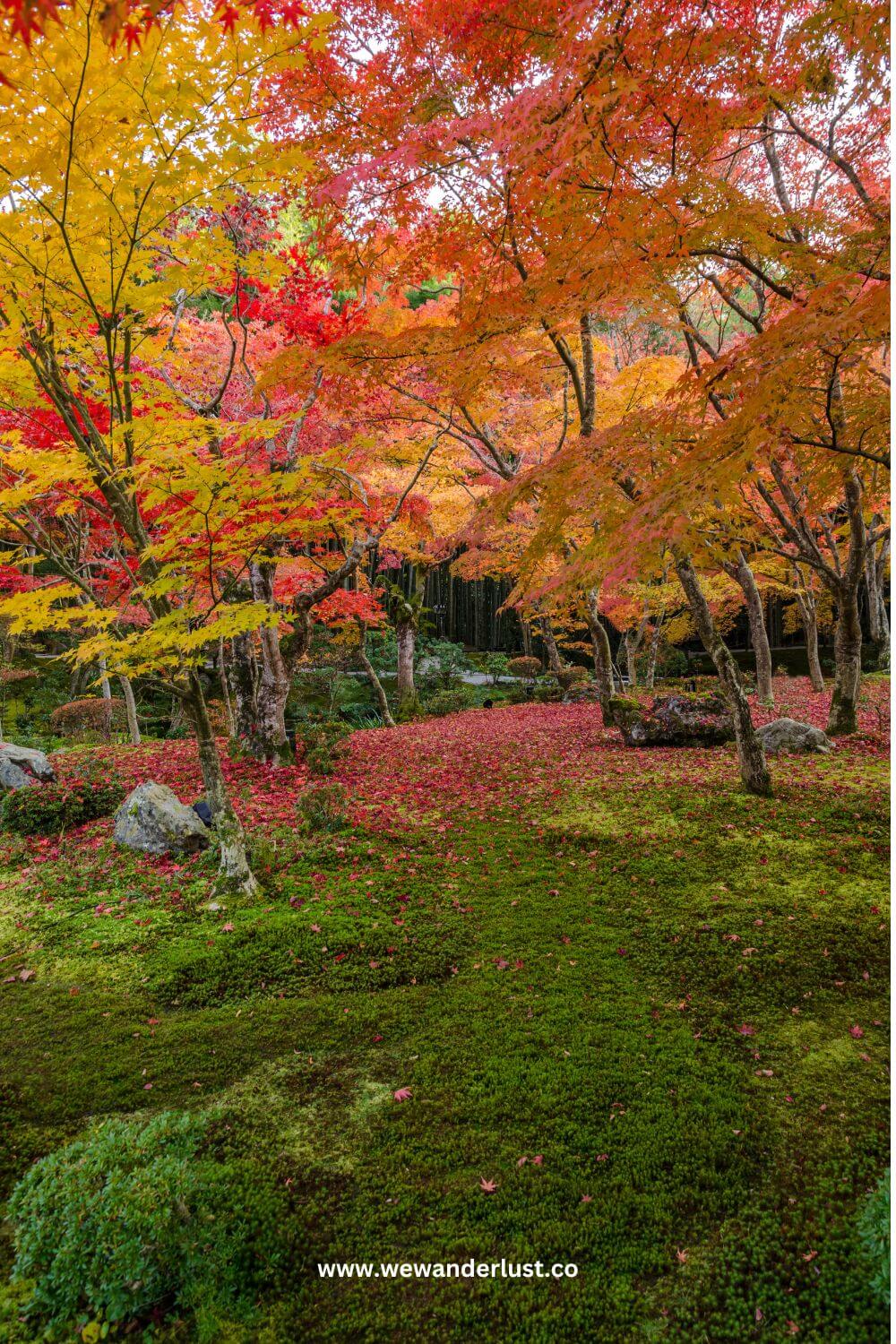
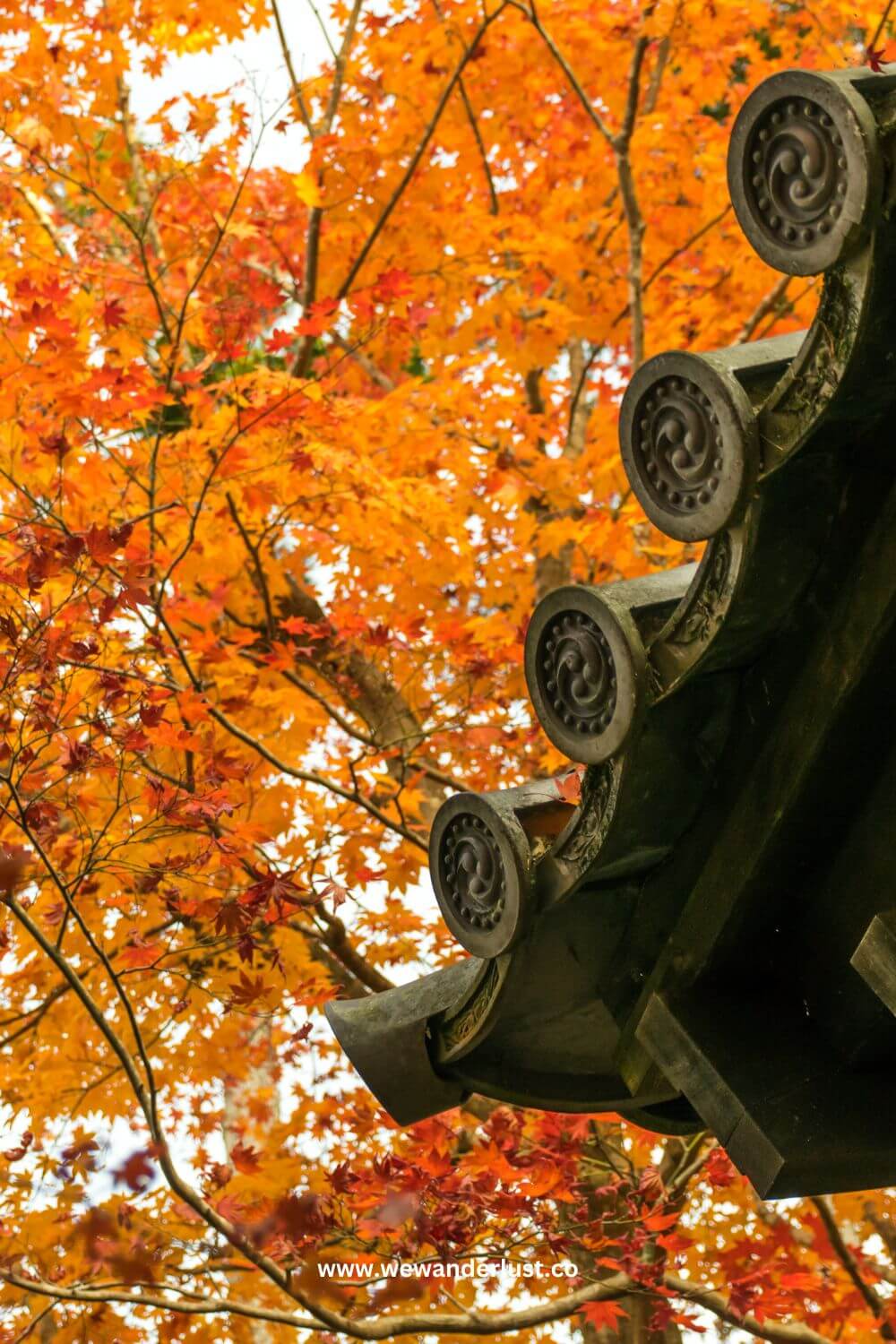
It was originally founded in 1601 by Tokugawa Ieyasu as a seminary for women and school of law known but is now renowned for its brilliant fall foliage in Autumn, as well as for its unique suikinkutsu (water harp jar). Enkōji Temple is definitely less crowded than other surrounding temples and is one we recommend if you’re looking for less crowds.
11. Enjoy the Views from Kiyomizu-dera Temple
Kiyomizu-dera Temple is located on a hill, and it offers stunning views of the city below. Enjoy the many gardens and walkways that surround it.
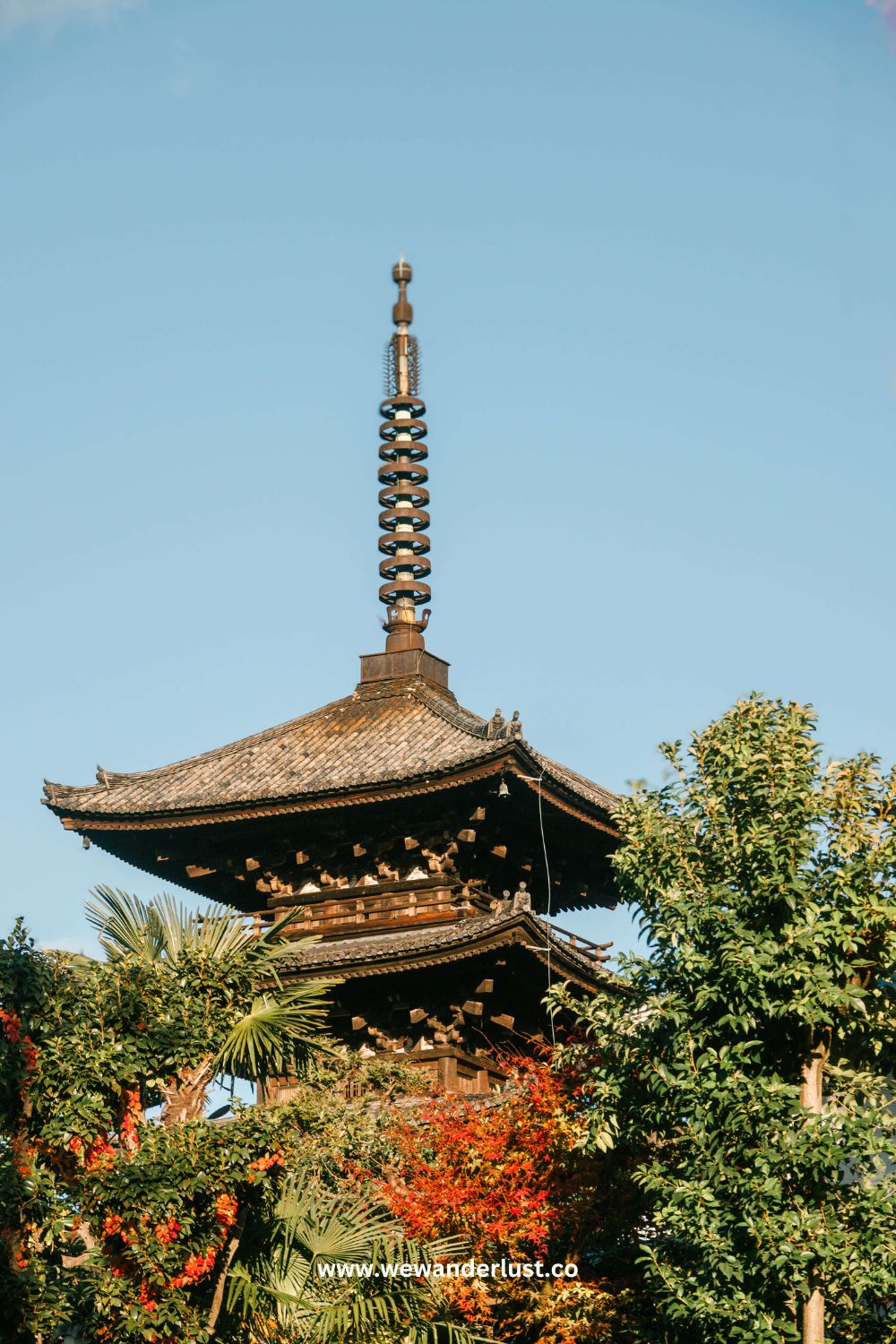
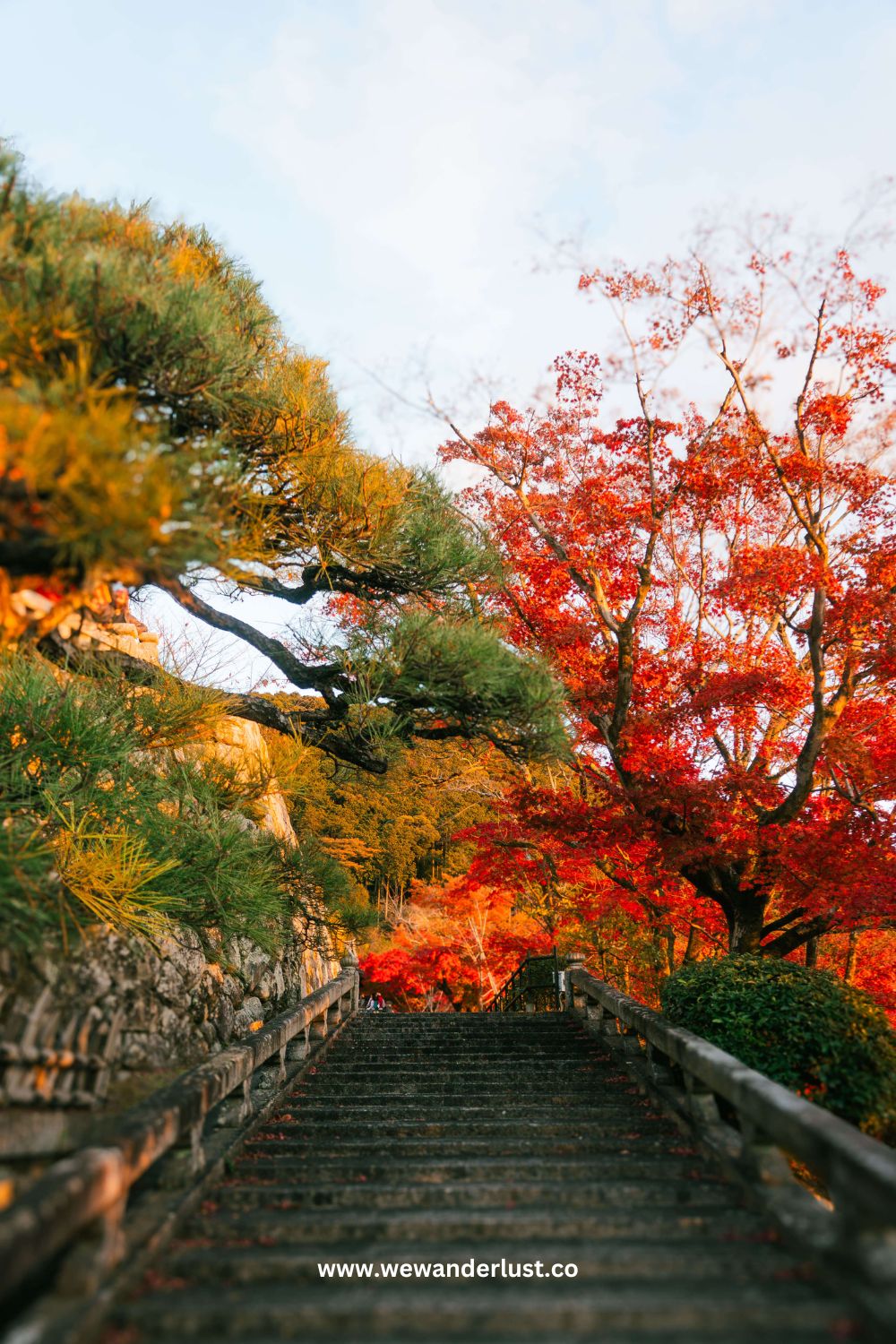
The best time to visit Kiyomizu-dera Temple is either during Spring or Autumn, when the cherry blossoms are in bloom or when the fall foliage appear. However, you can visit any time of year to pray and take in the serenity.
12. Take a stroll down the Philosopher’s Path
The Philosopher’s Path (Tetsugaku no Michi) is a stone path lined with cherry trees that runs along a canal in Kyoto. The path gets its name from a famous Kyoto University professor and philosopher Nishida Kitaro who walked this path to the university as a form of meditation.
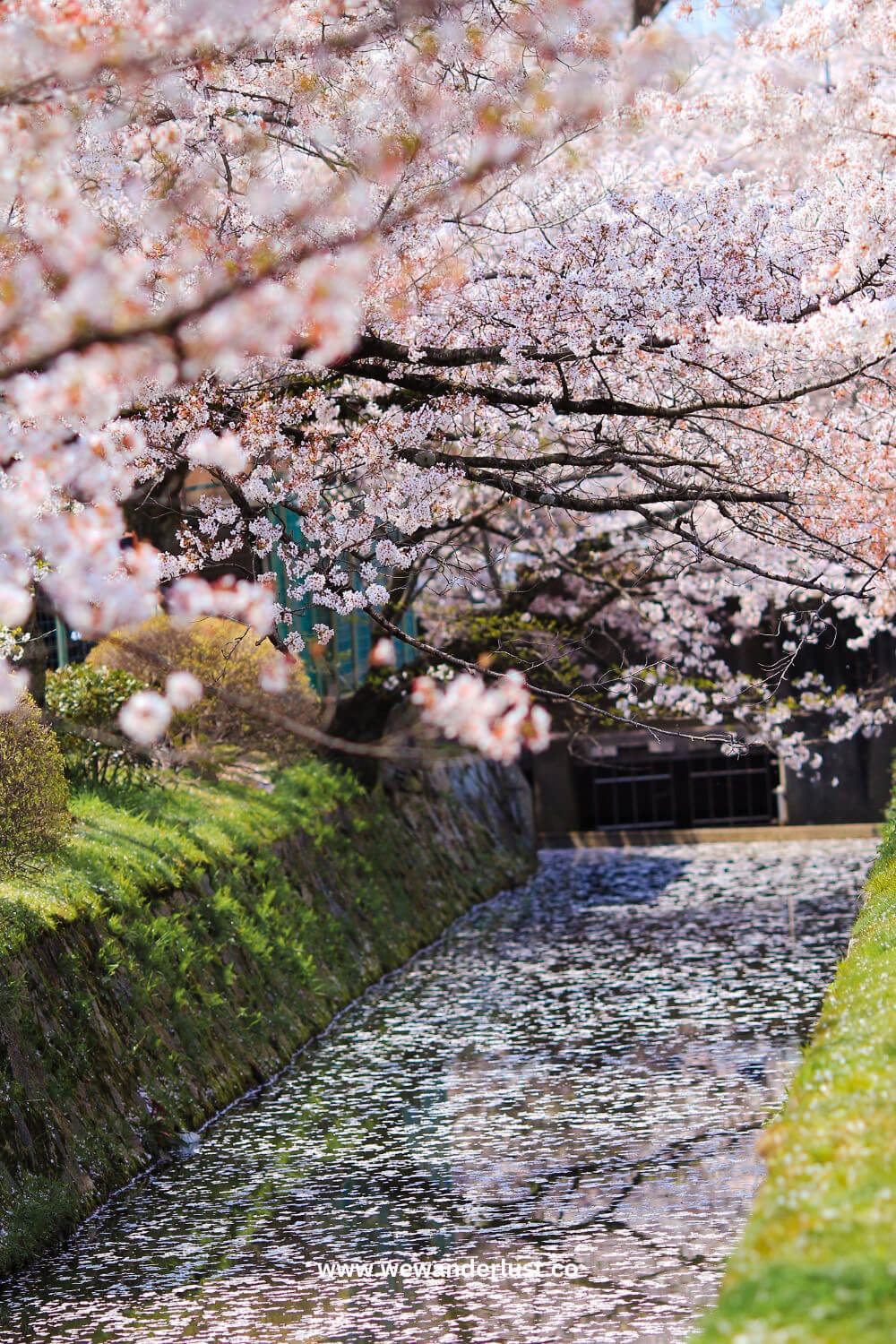
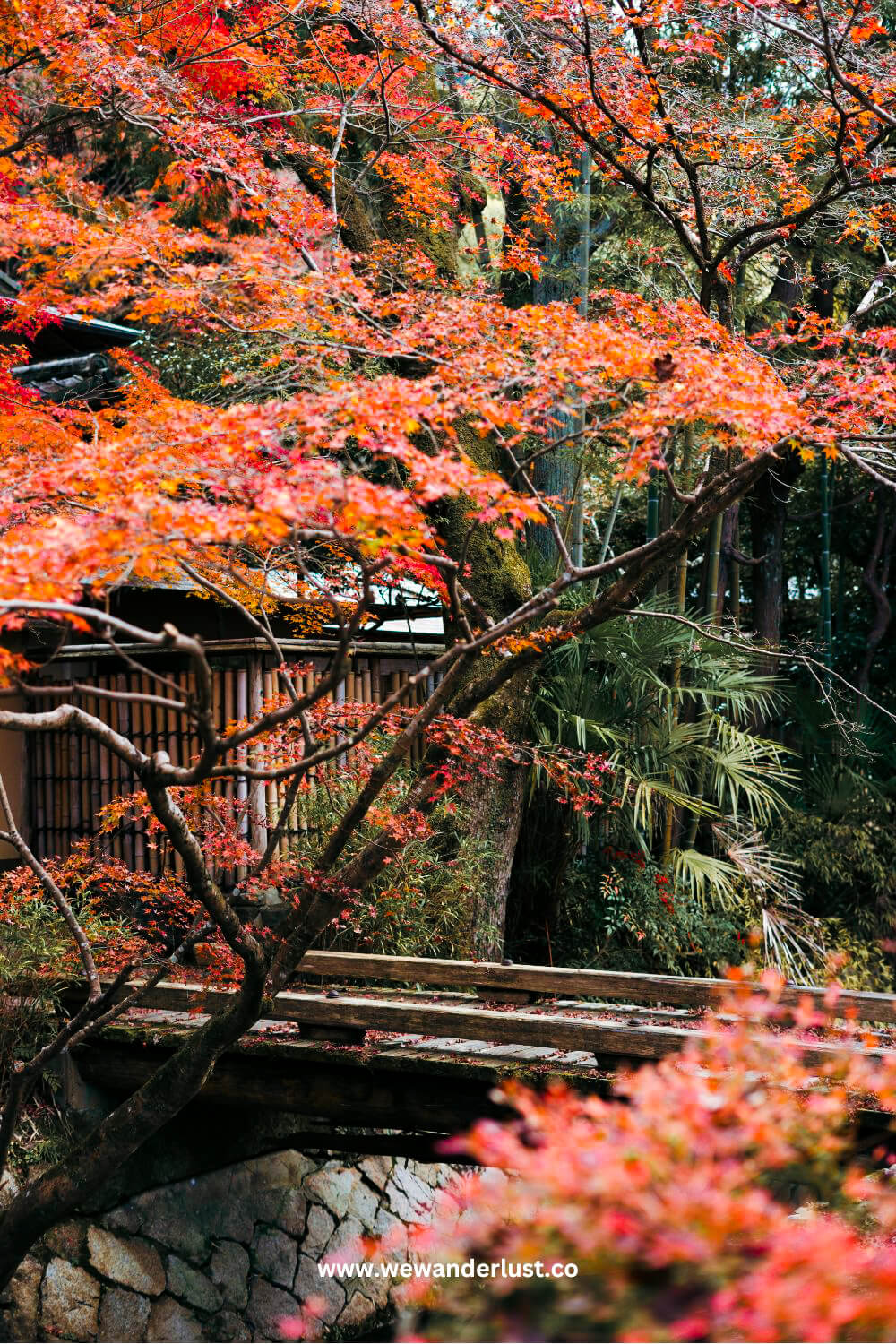
The best time to walk the Philosopher’s Path is during the spring, when the cherry blossoms are in bloom. However, the path is beautiful year-round, and it’s a great place to relax and enjoy the scenery.
13. Explore Nanzen-ji Temple
Nanzen-ji Temple is a Buddhist temple that was founded in the 13th century. The temple is located in a scenic area of Kyoto, and it’s surrounded by forests and mountains. Visitors to the temple can explore the many buildings and gardens on the premises, and they can also hike to the top of Mt. Hiei for stunning views of the city below.
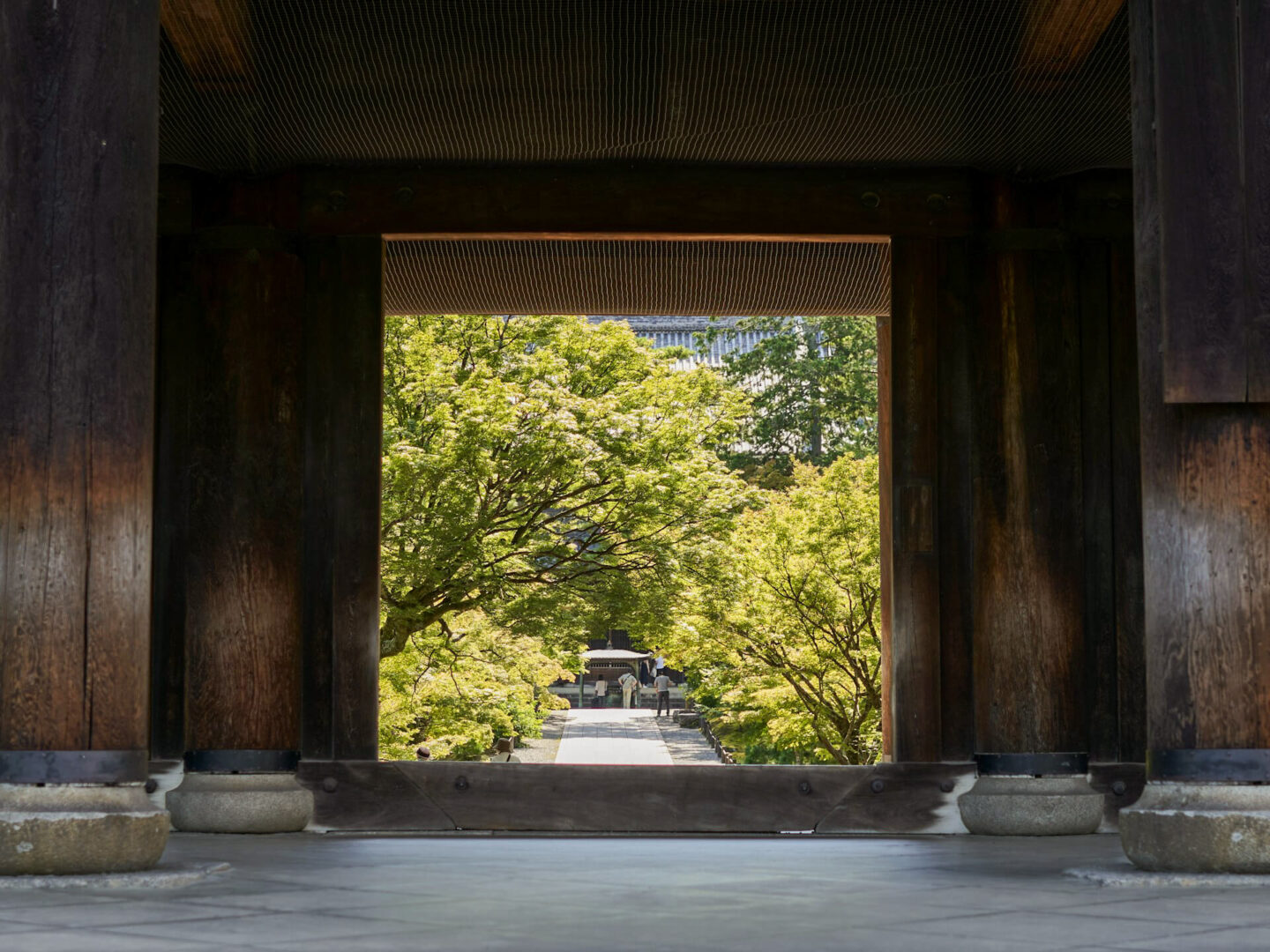
The best time to visit Nanzen-ji Temple is during the spring or autumn, when the leaves are changing color. However, the temple is beautiful year-round, and there is always something to see no matter when you visit.
14. Eat Shojin Ryori in a Temple
Shojin ryori is a type of vegetarian cuisine that was developed by Buddhist monks. The cuisine is based on the principles of Buddhism, and it uses only fresh, seasonal ingredients. Shojin ryori is typically served in temples, and it’s a great way to experience traditional Japanese cuisine.
Experience a Temple Stay with monks in Kyoto
15. Visit Nijo Castle
Nijo Castle is a UNESCO World Heritage Site that was built in the 17th century. The castle is famous for its beautiful gardens, as well as its many rooms and corridors.
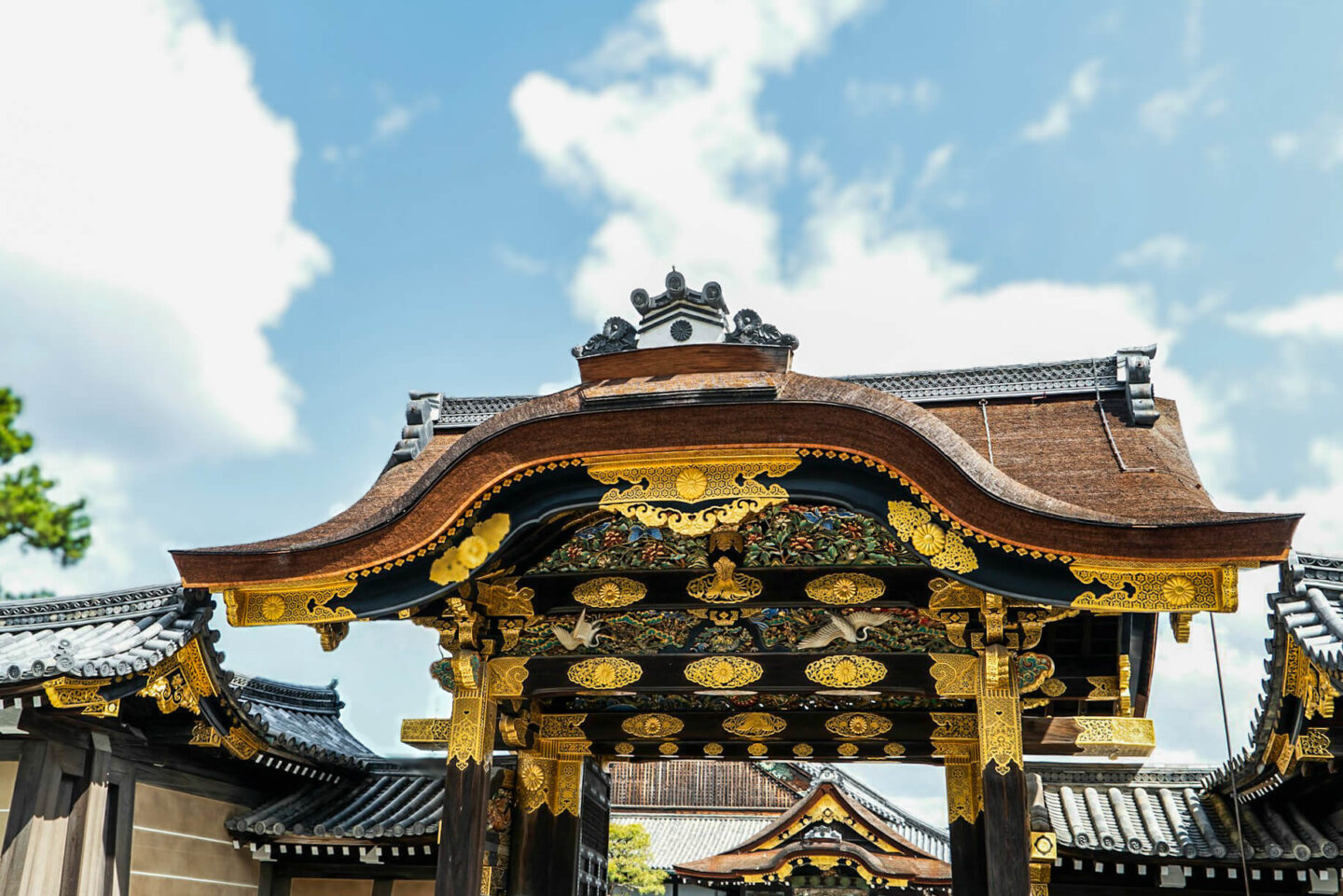
The best time to visit Nijo Castle is during the spring or autumn, when the leaves are changing color.
16. Visit Ginkaku-ji Temple (Silver Pavilion)
The Ginkaku-ji Temple is a Buddhist temple that was built in the 15th century. Stroll around the lush temple gardens and practice your zen state.
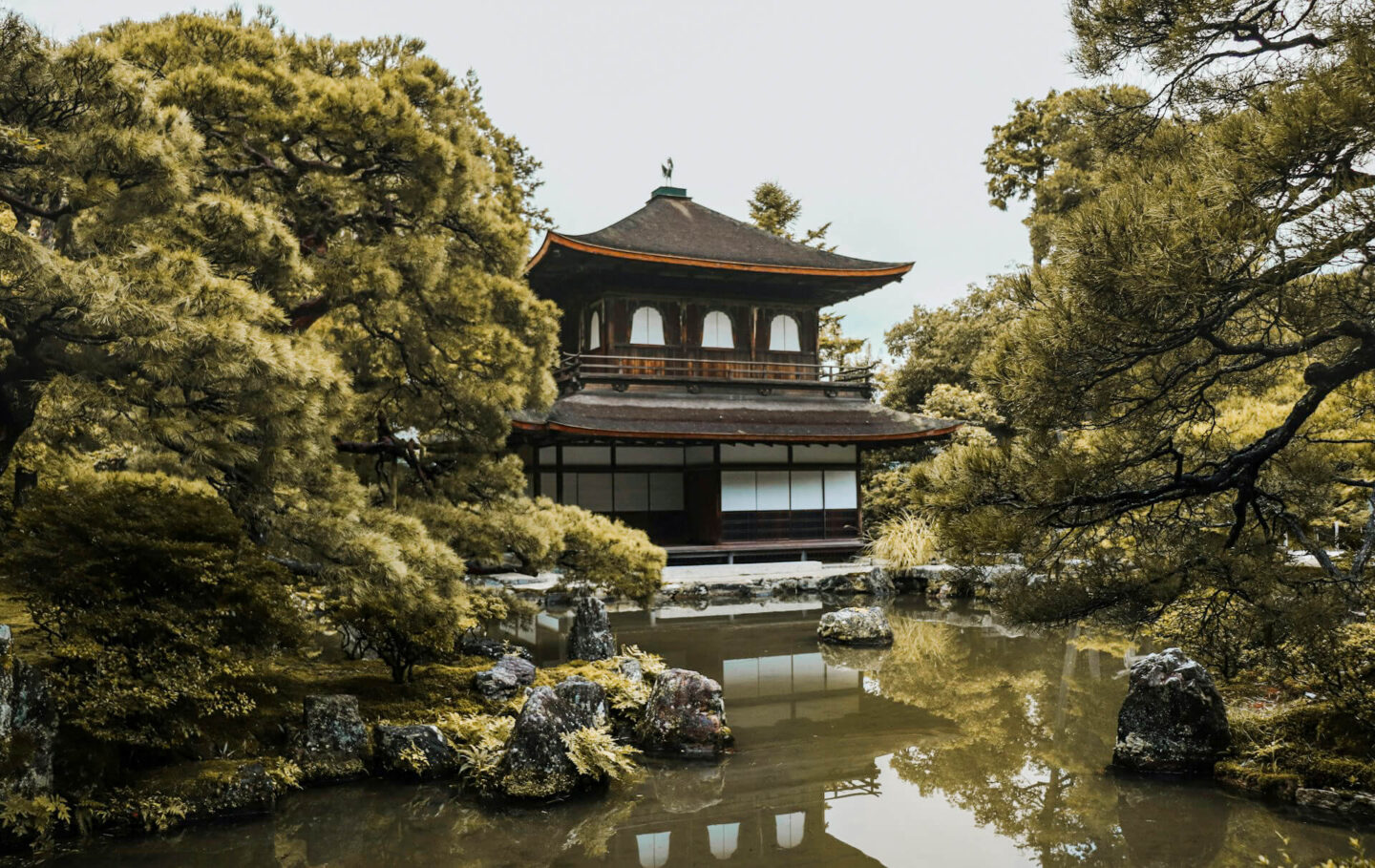
The best time to visit the Ginkaku-ji Temple is during Autumn when the maple leaves turn bright orange and red.
Tip: Admission for adults is 500 yen while children (up to junior high school age) get in for 300 yen.
17. Drink Matcha in a Teahouse
Matcha is a type of green tea that is made from powdered tea leaves. Matcha is a traditional Japanese drink. In Japan’s traditional tea ceremonies, matcha is prepared with a special bamboo whisk and hot water, then served alongside something sweet to balance the tea’s characteristic bitterness.
There are many teahouses to choose from in Kyoto, and they’re a great place to relax, witness the art of a tea ceremony and simply take in the ambiance.
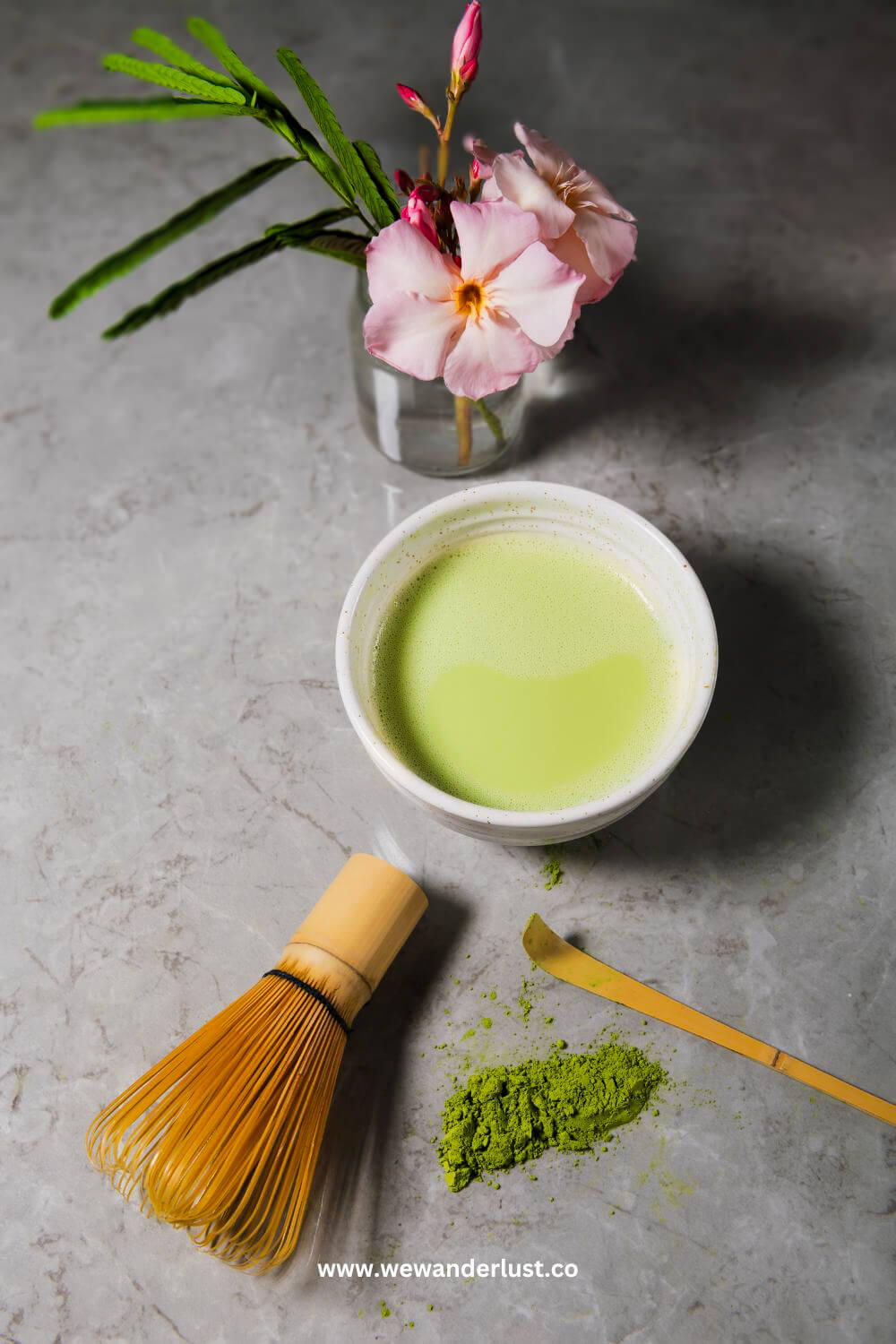

18. Wander Around Kyoto Botanical Gardens
The Kyoto Botanical Garden is a large park that is famous for its beautiful flowers and trees. Founded in 1924, the Kyoto Botanical Garden is Japan’s oldest and most comprehensive public botanical garden. With plants, flowers, and trees blooming year-round, the garden showcases over 12,000 varieties including roses, cherries, and other seasonal flora across multiple conservatories.
The garden is a great place to relax and take in the scenery, and it’s also a great place to learn about the plants and animals of Japan.
19. Watch the Geisha Spring Dances
The geisha are traditional Japanese entertainers, and they’re famous for their skills in music, dance, and poetry. The geisha perform dances every Spring in Kyoto, and it’s a great opportunity to see these performers in action.
20. Visit Heian Shrine
Built in 1895, Heian Shrine is a Shinto shrine dedicated to the emperors of the Heian period. This popular Kyoto landmark is an excellent place to learn about Japanese history while admiring the tranquil beauty of its gardens.
